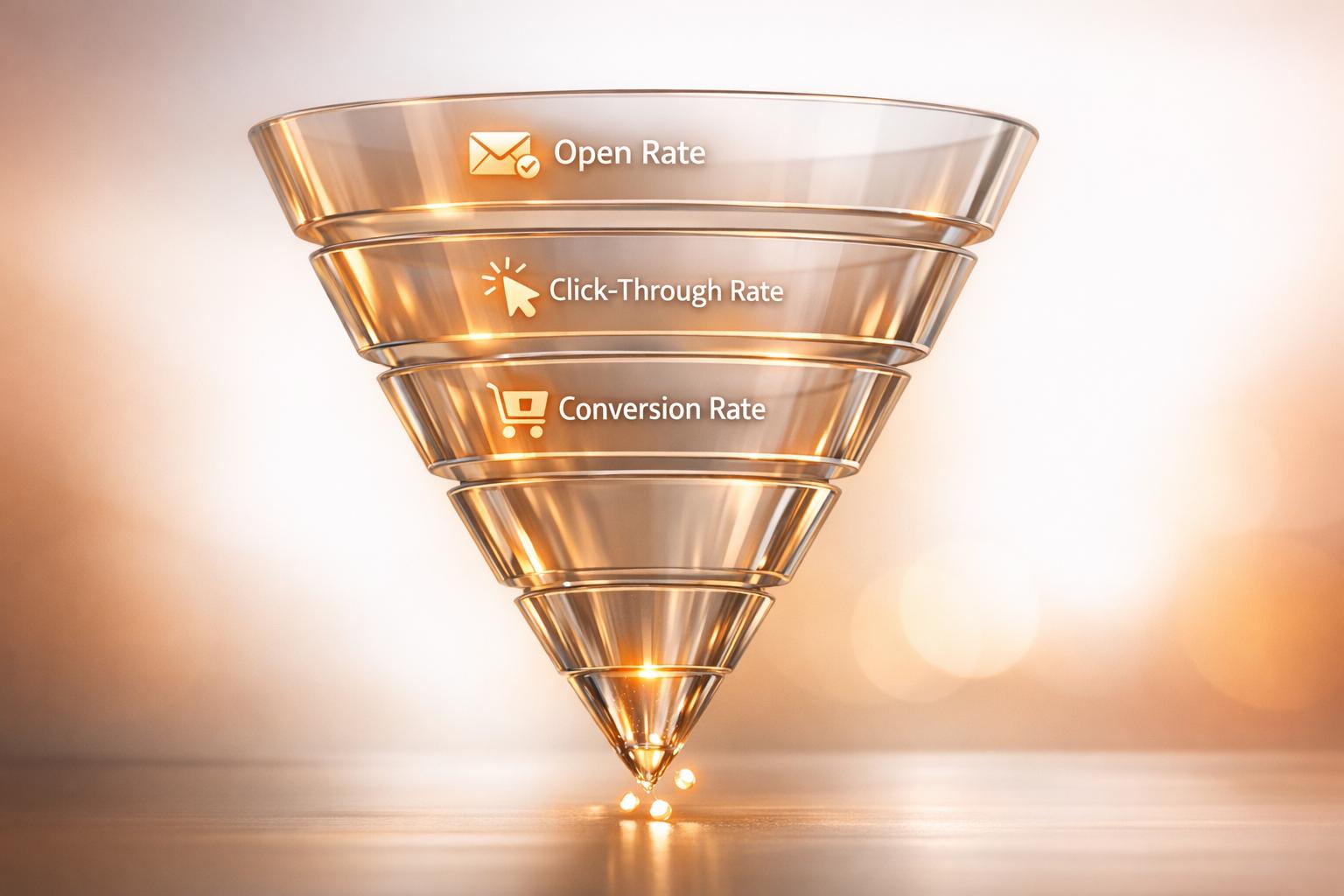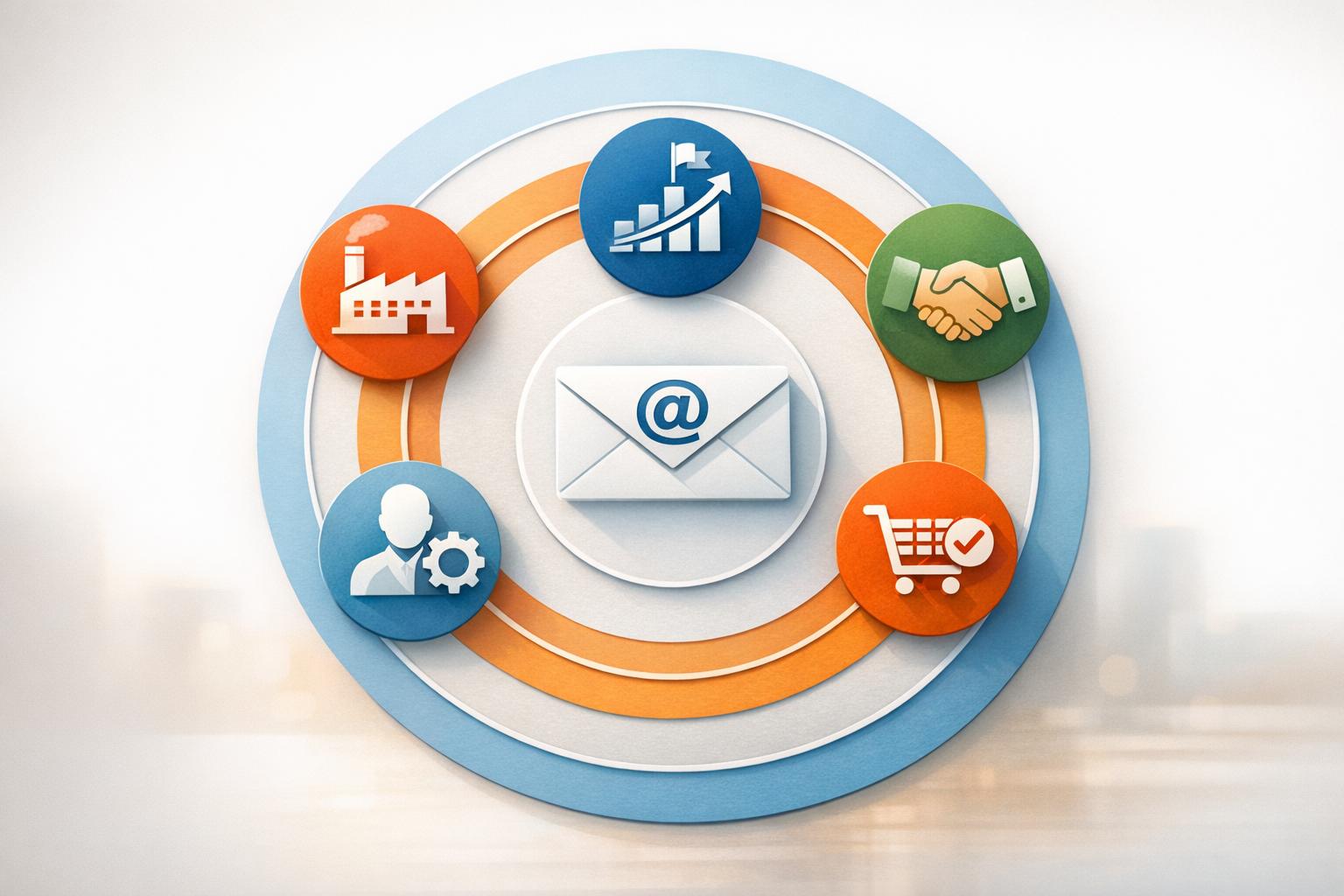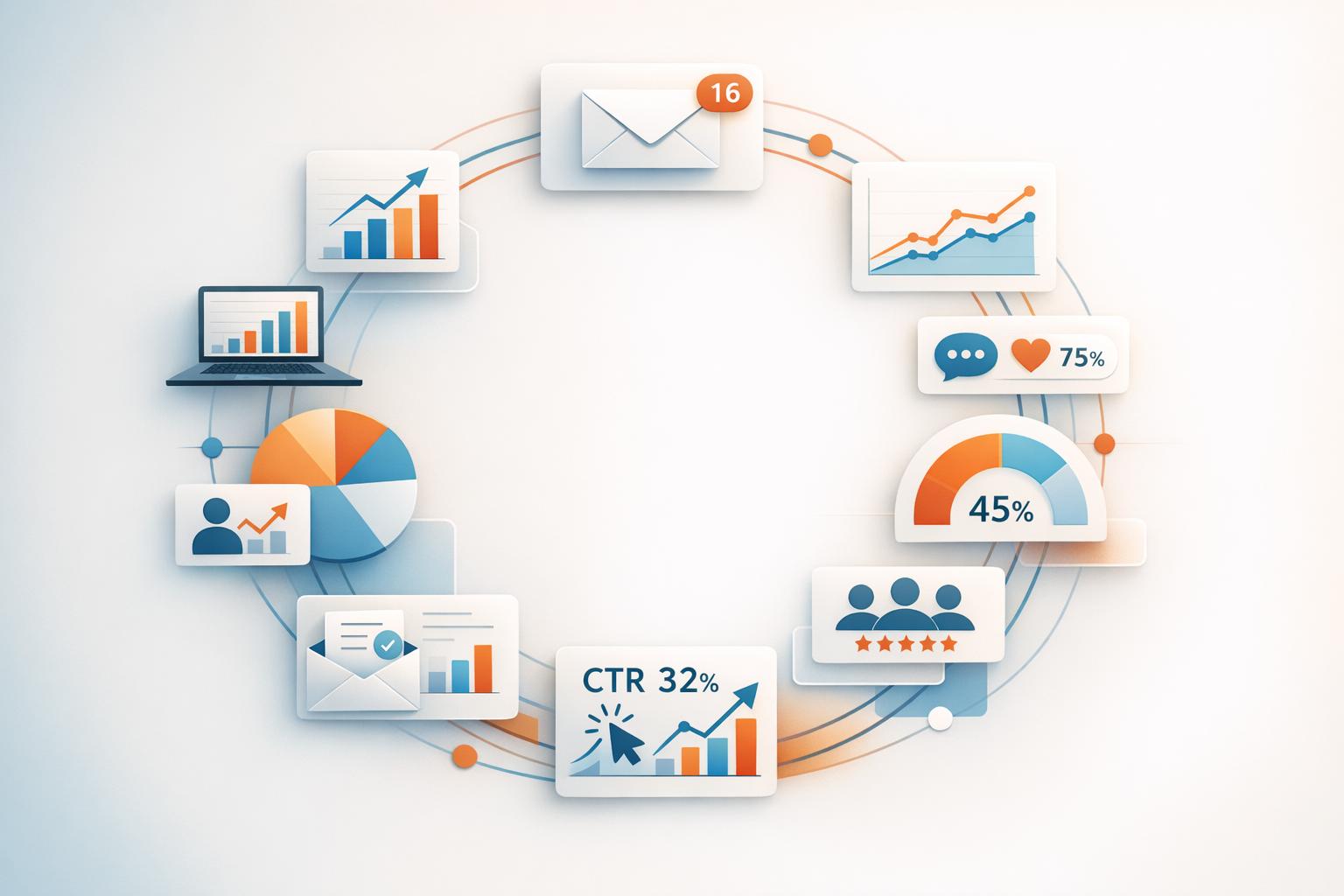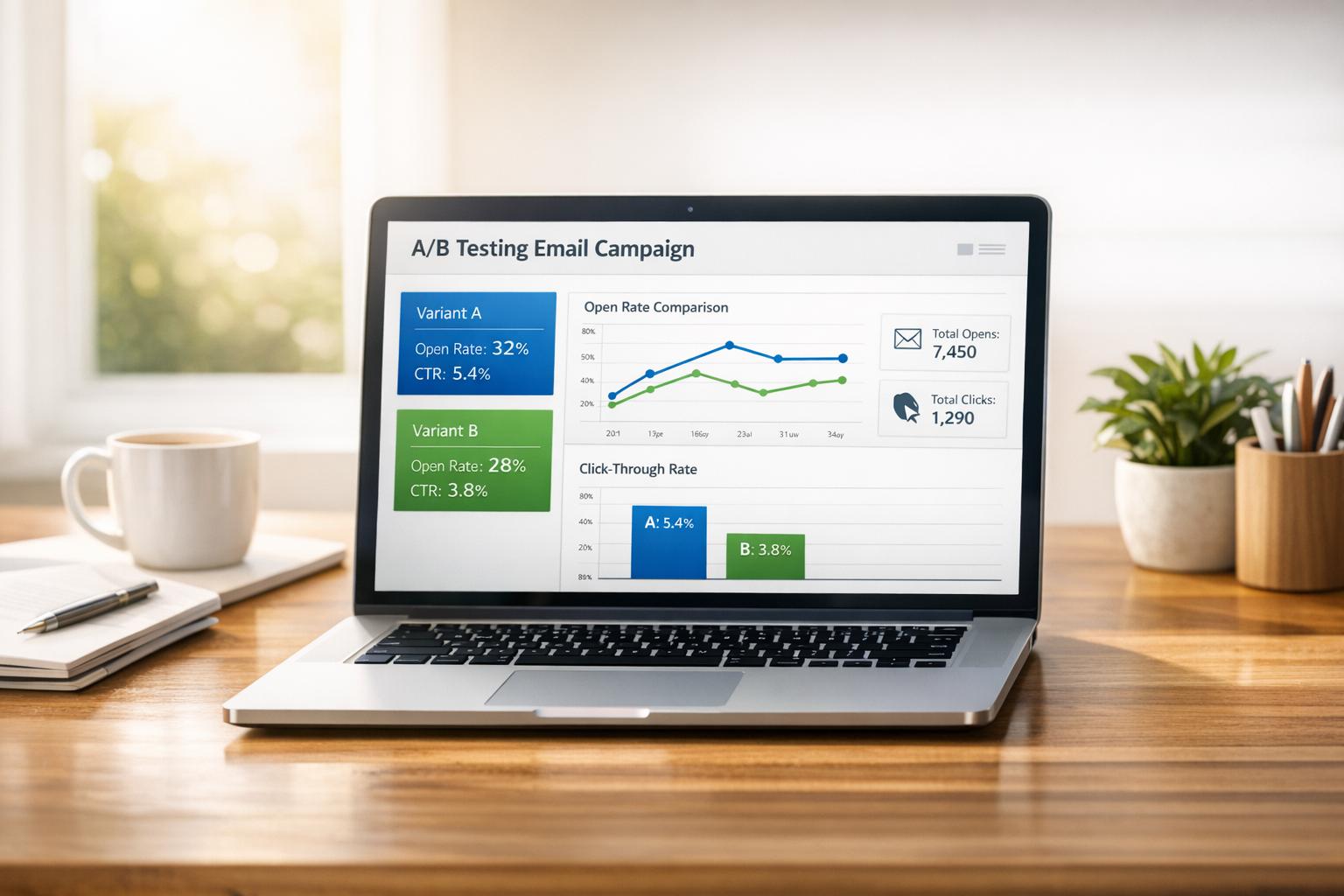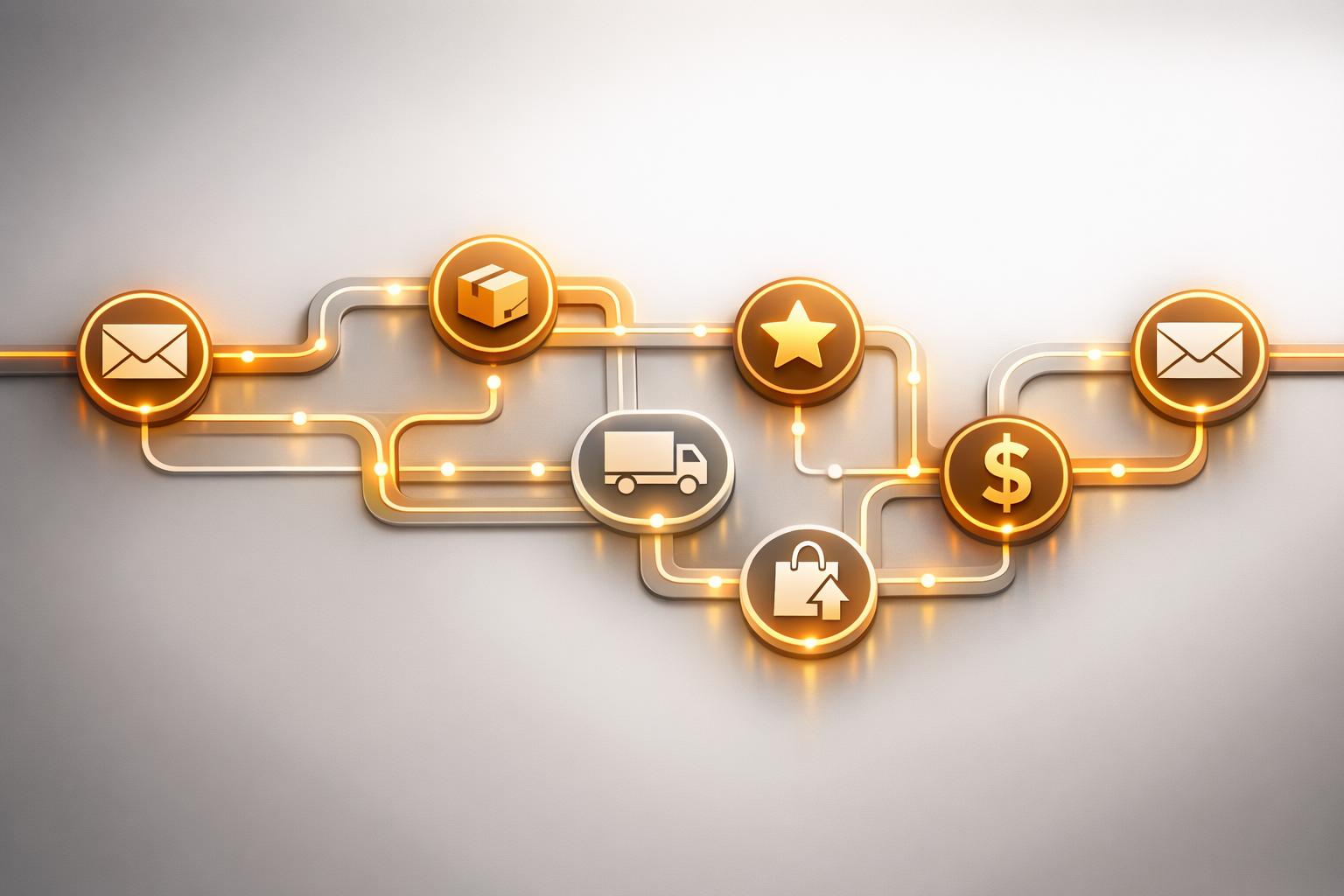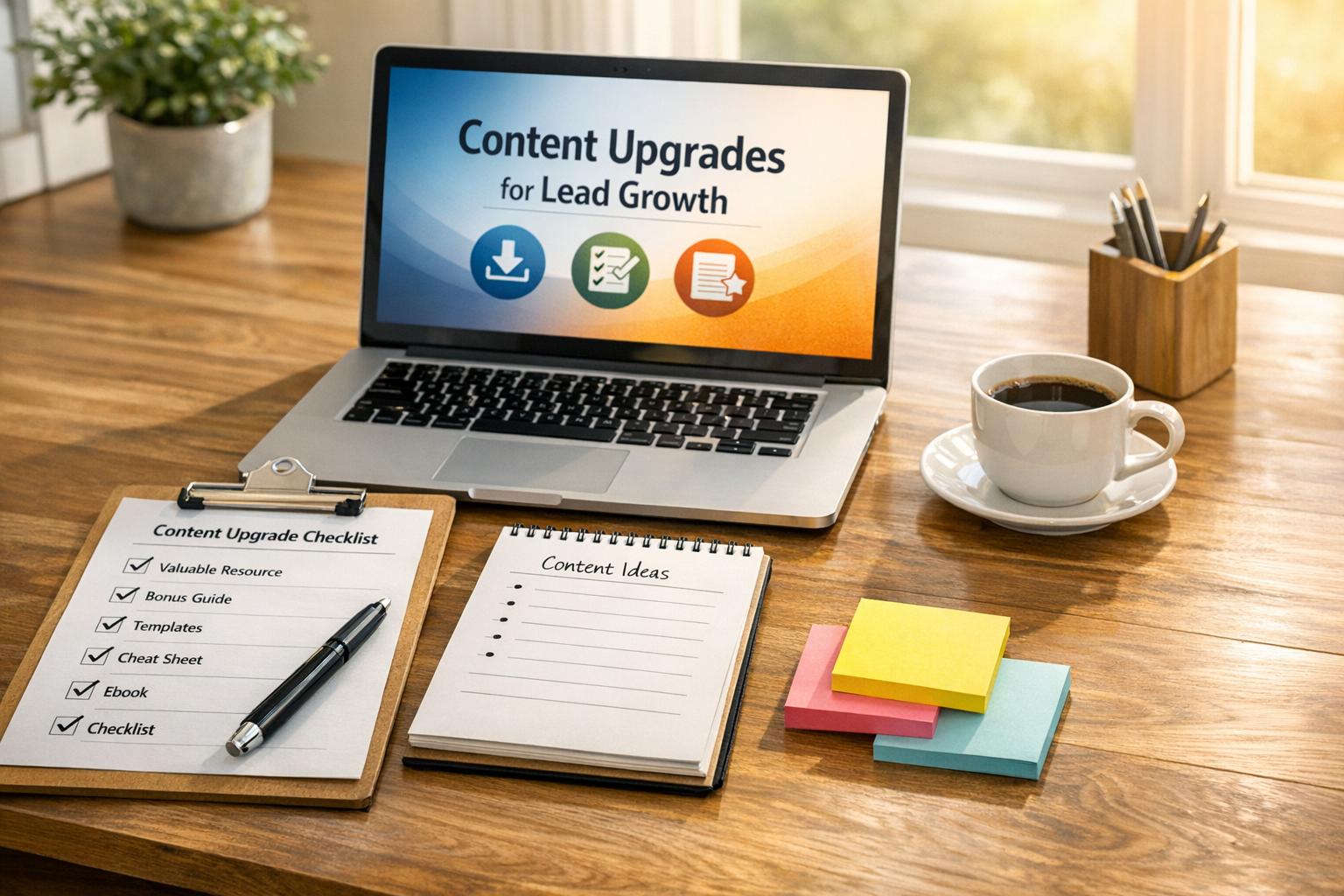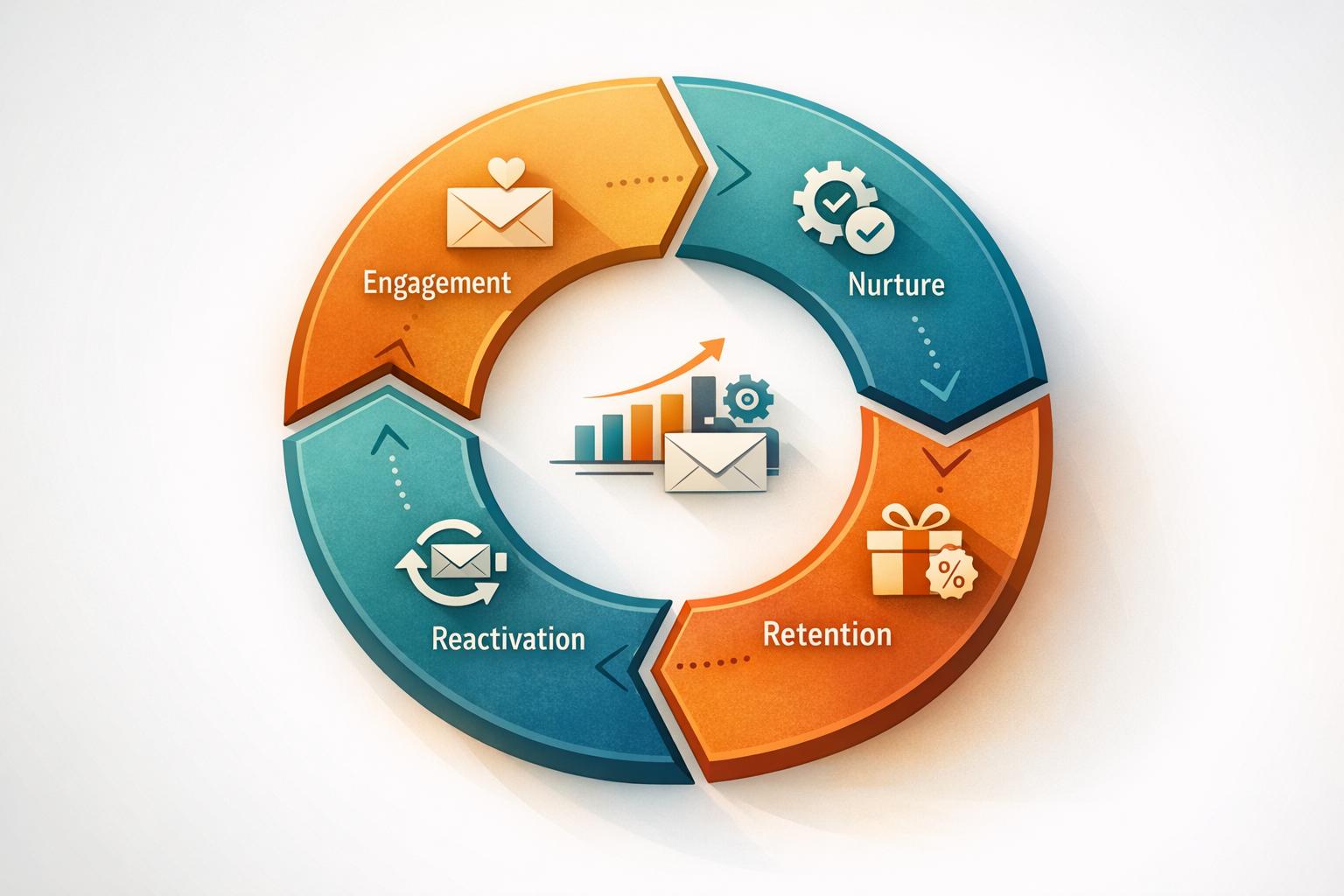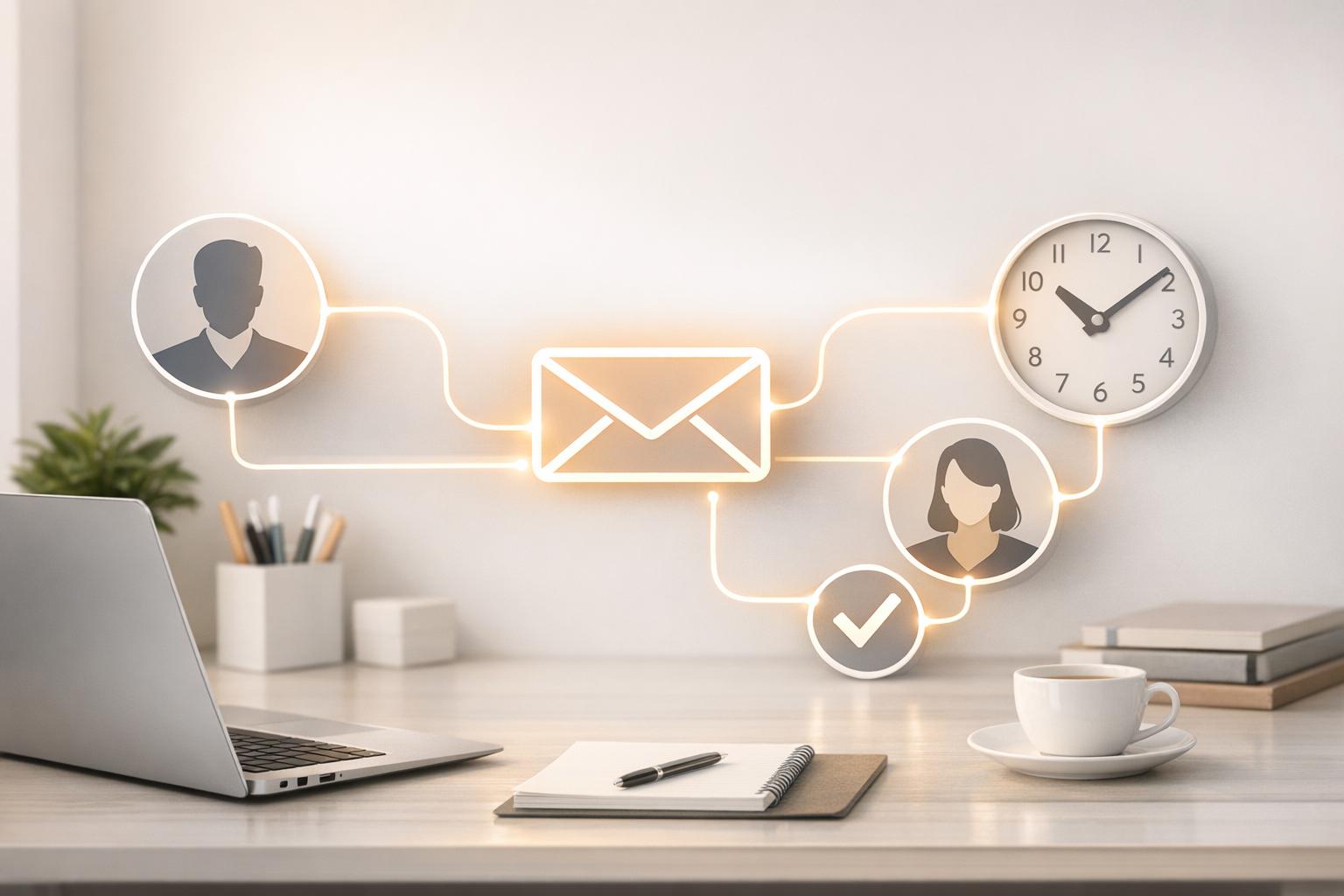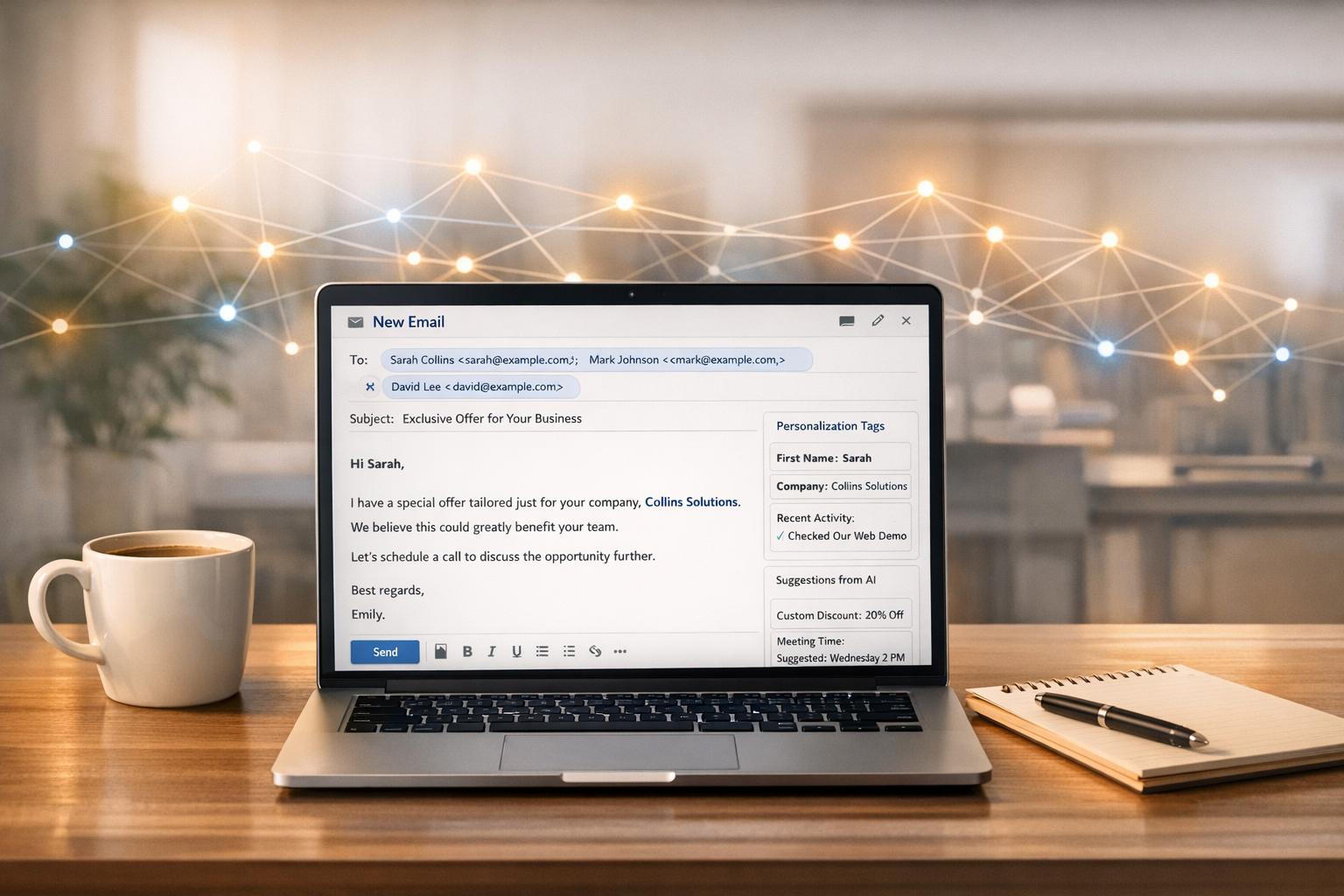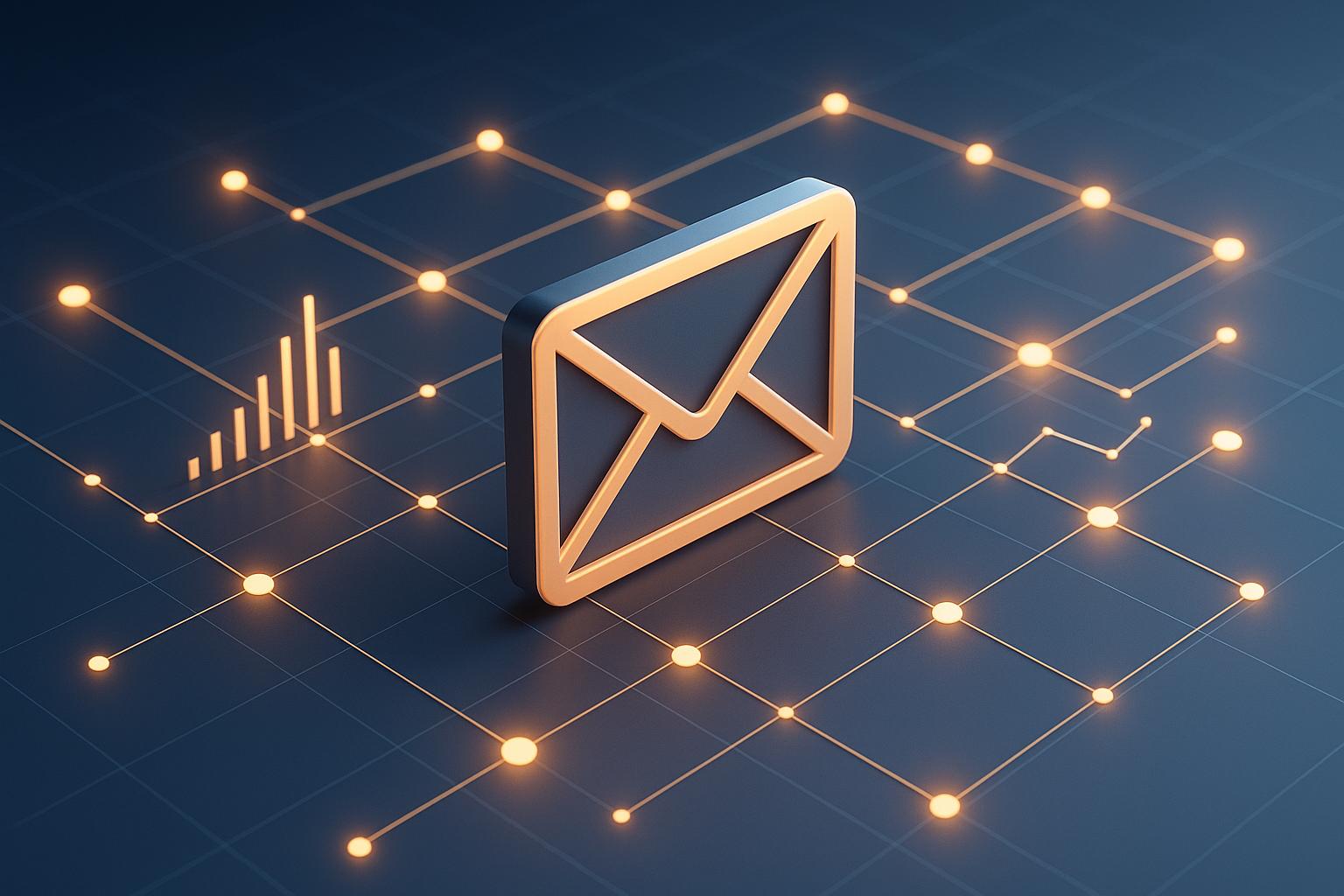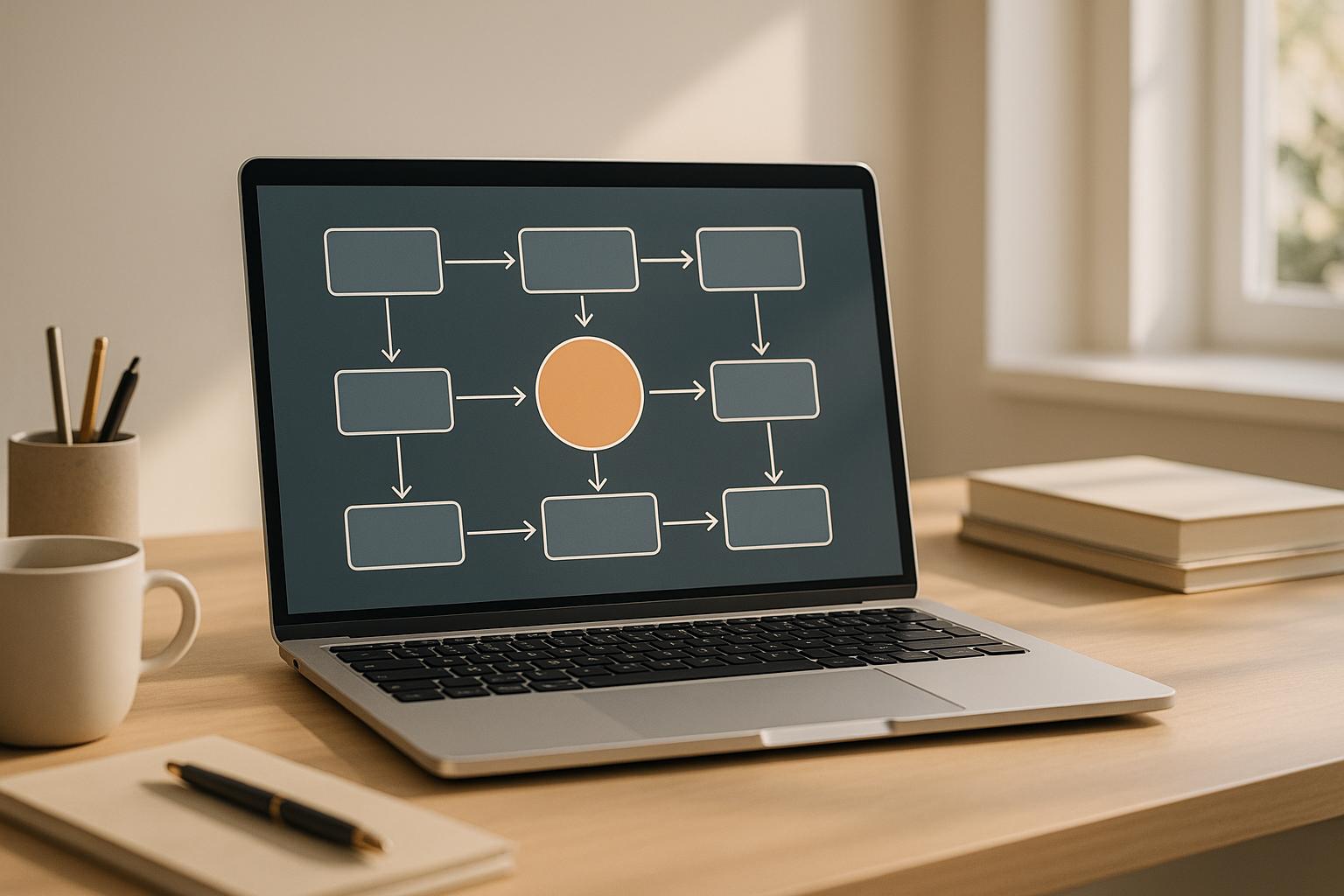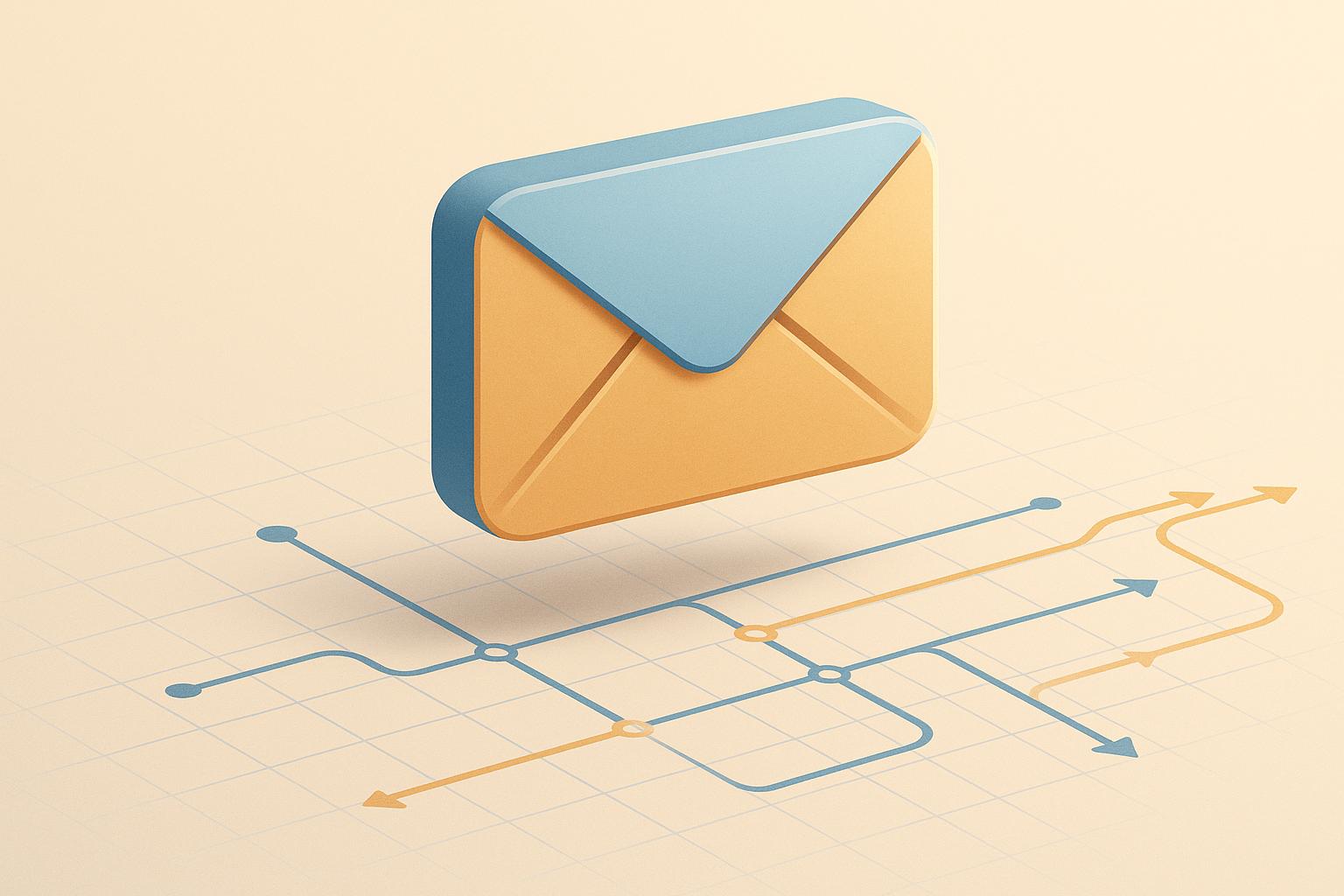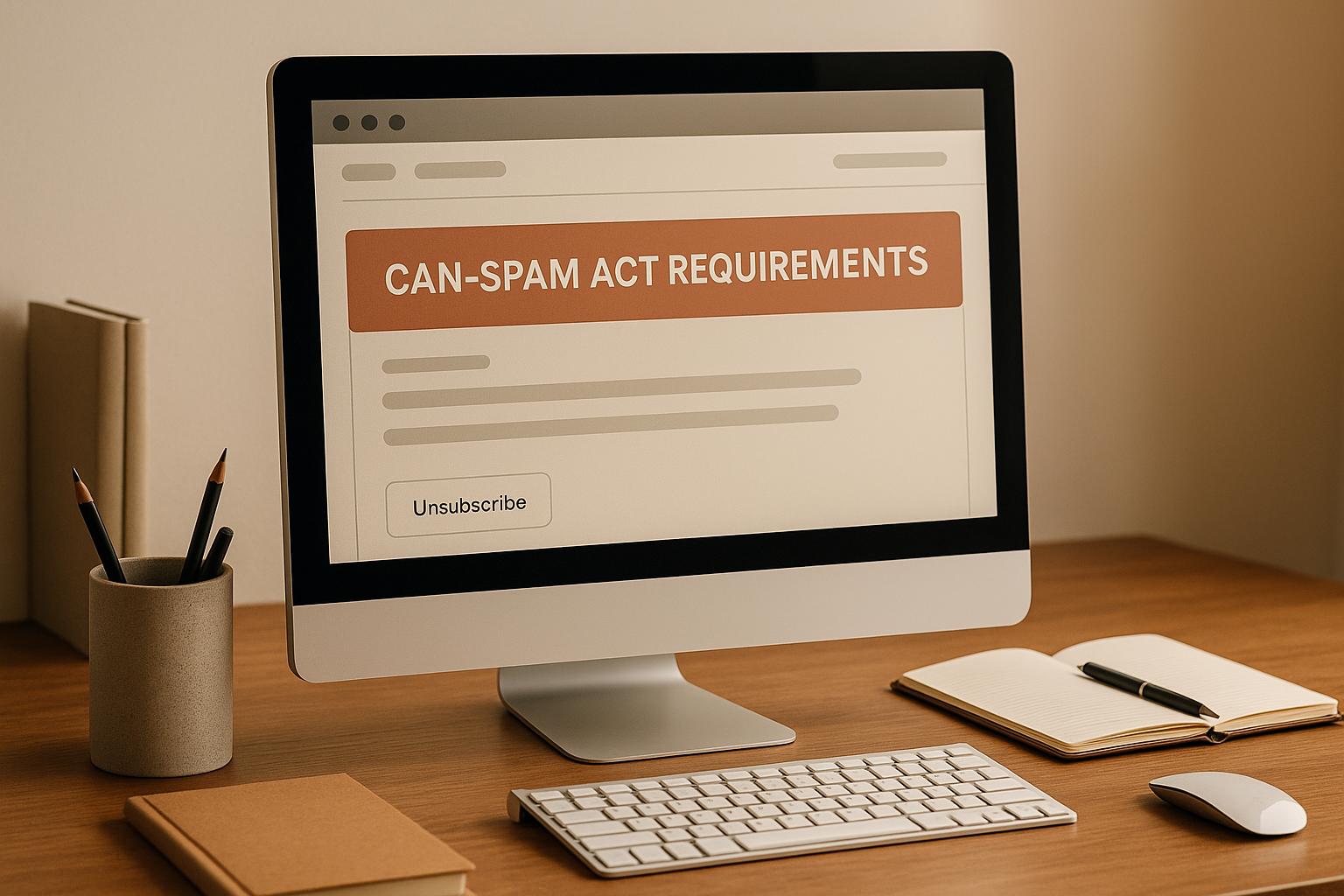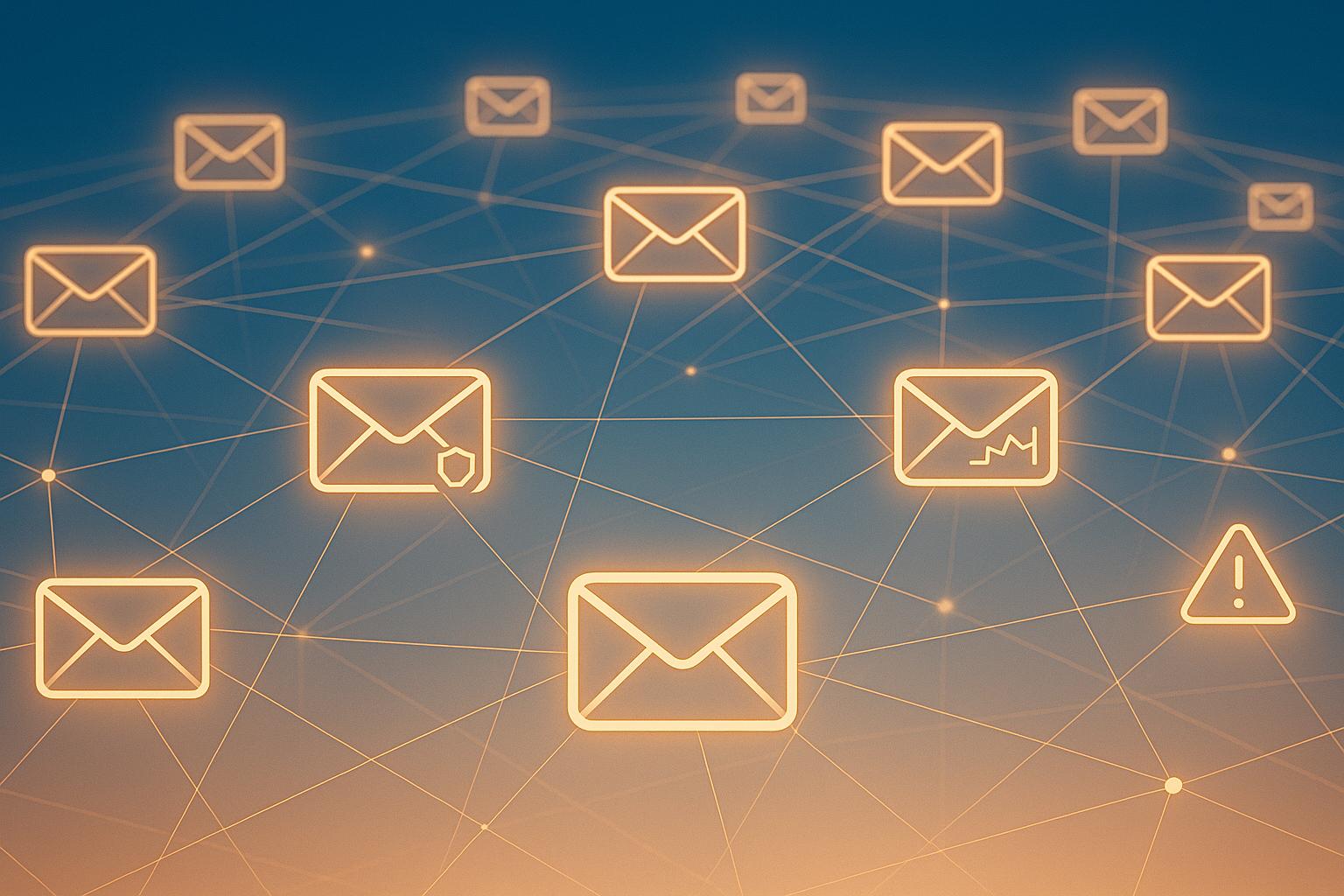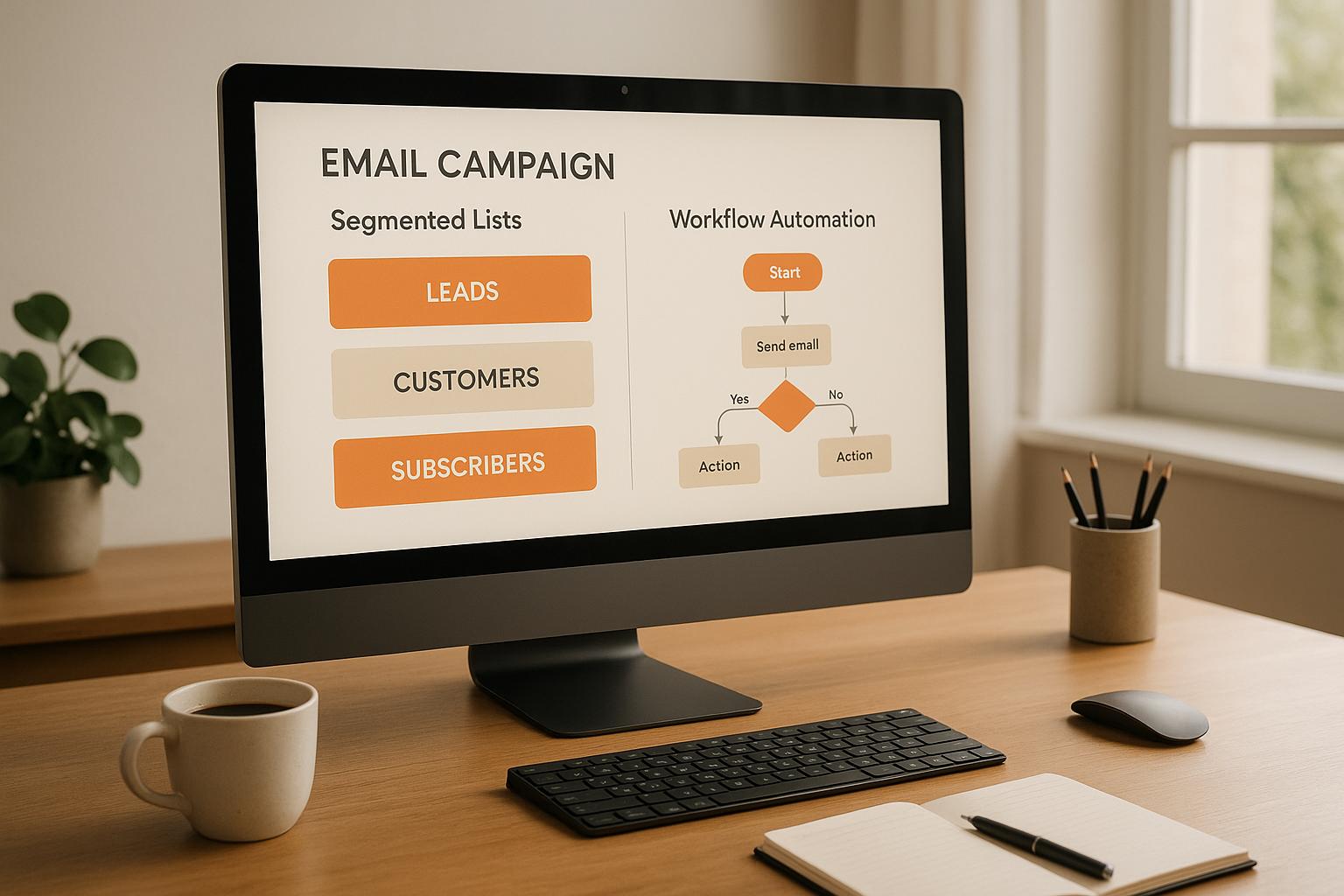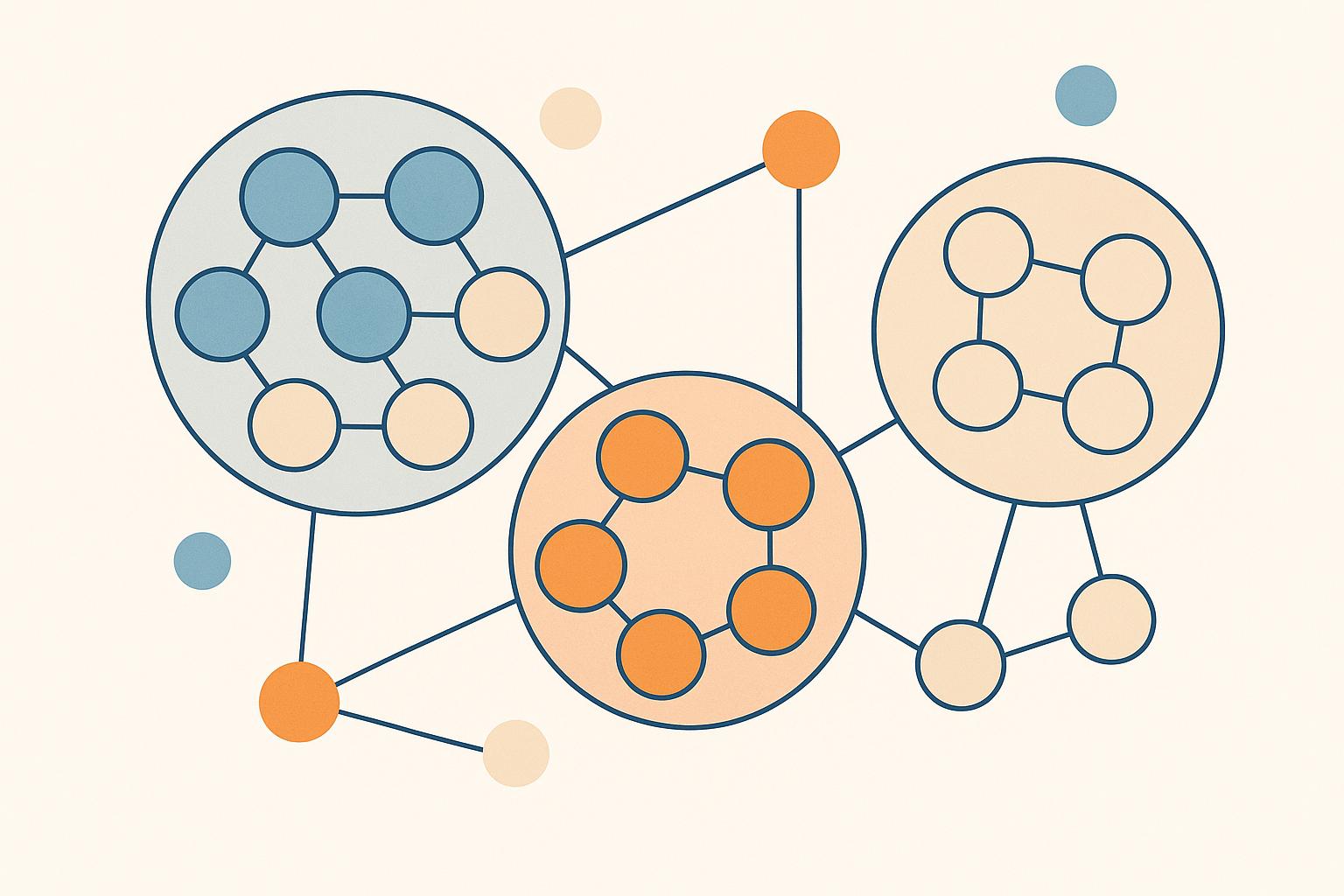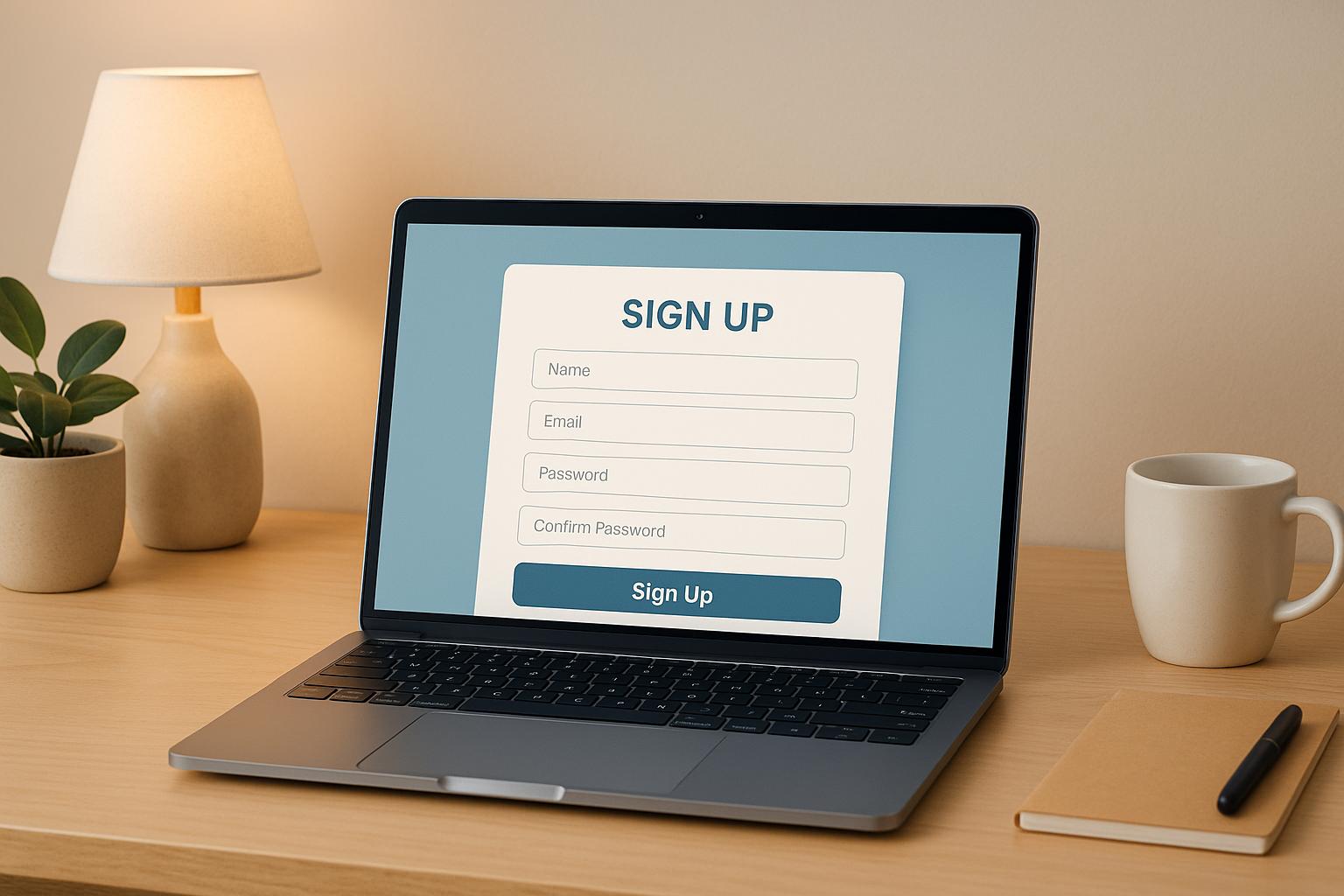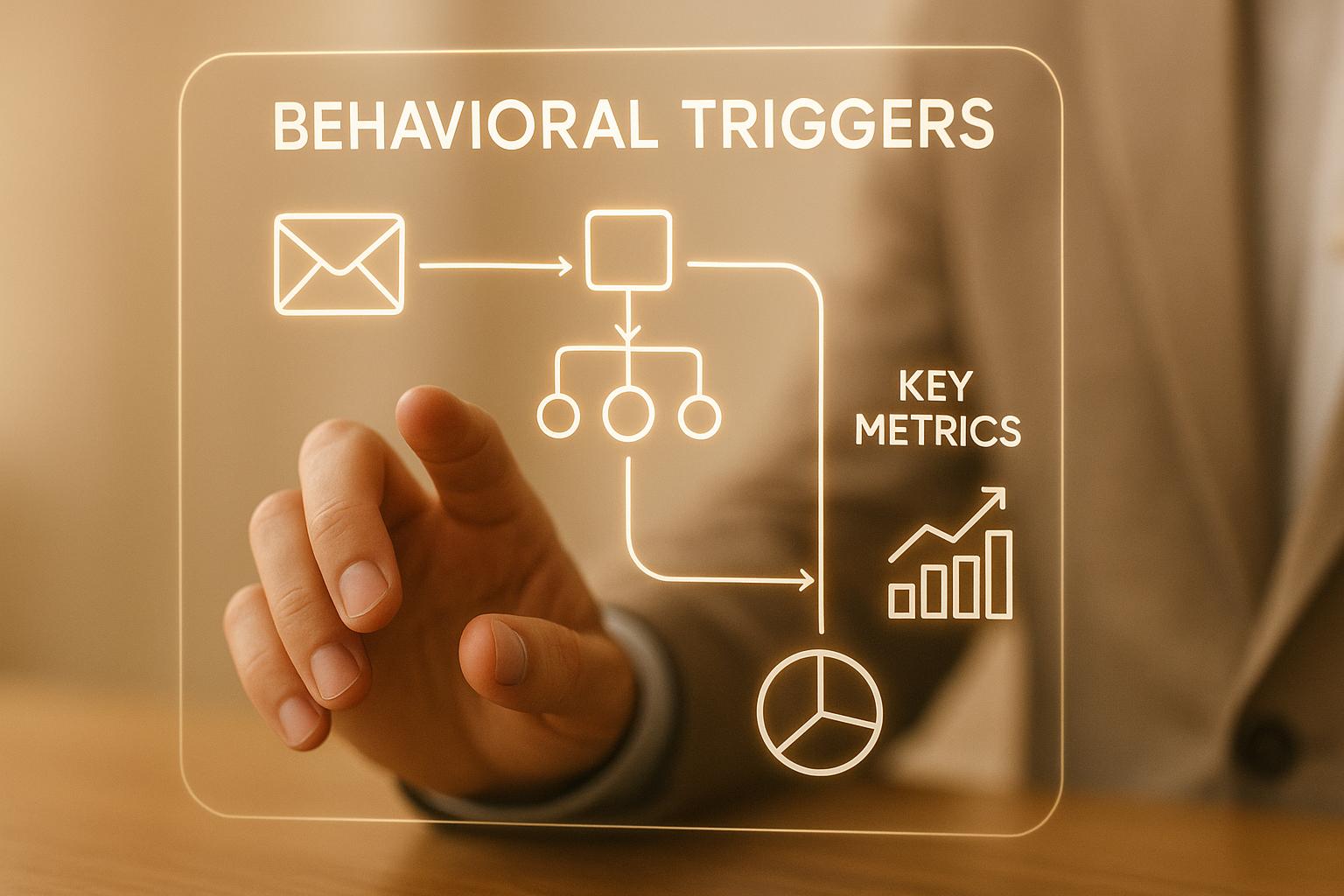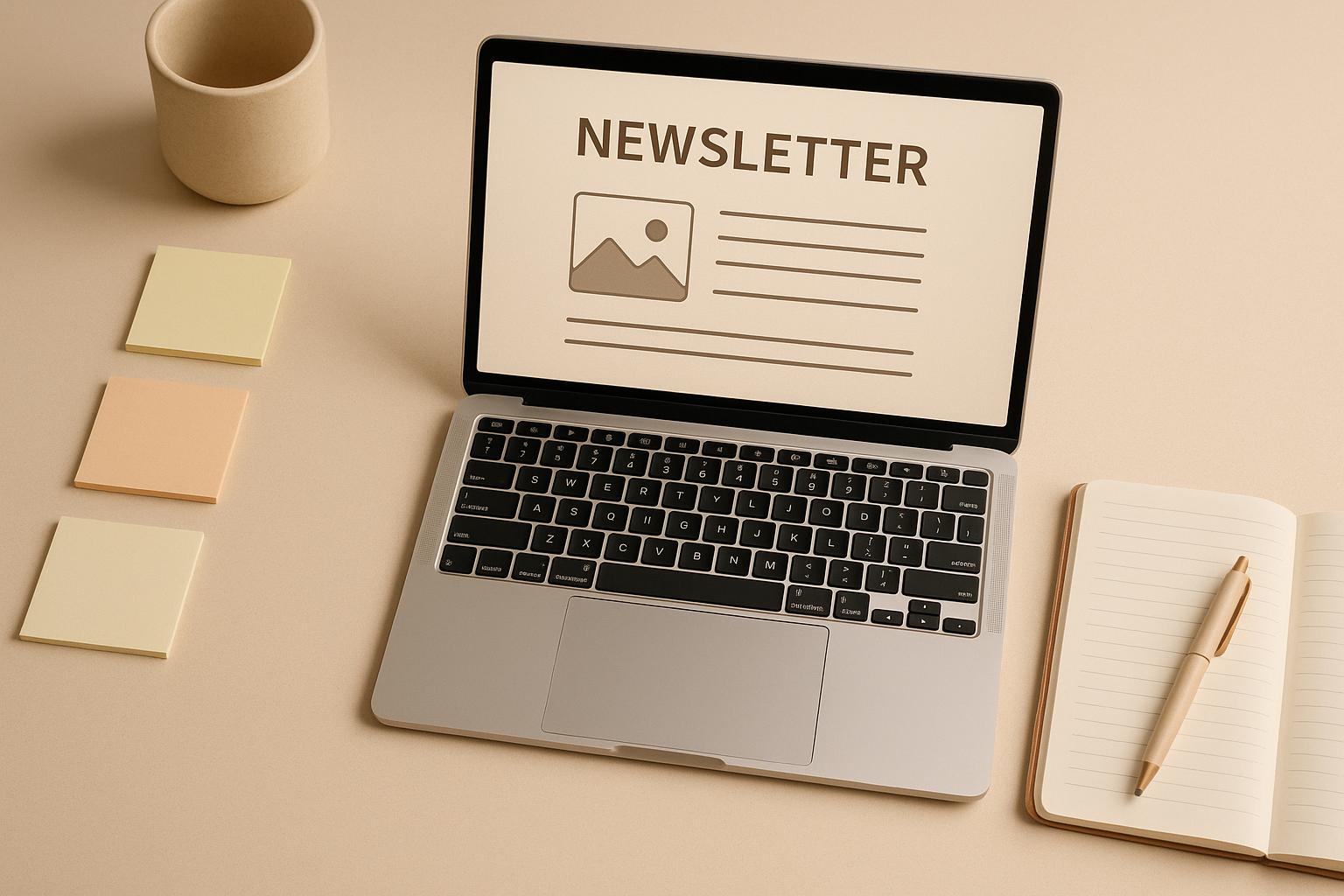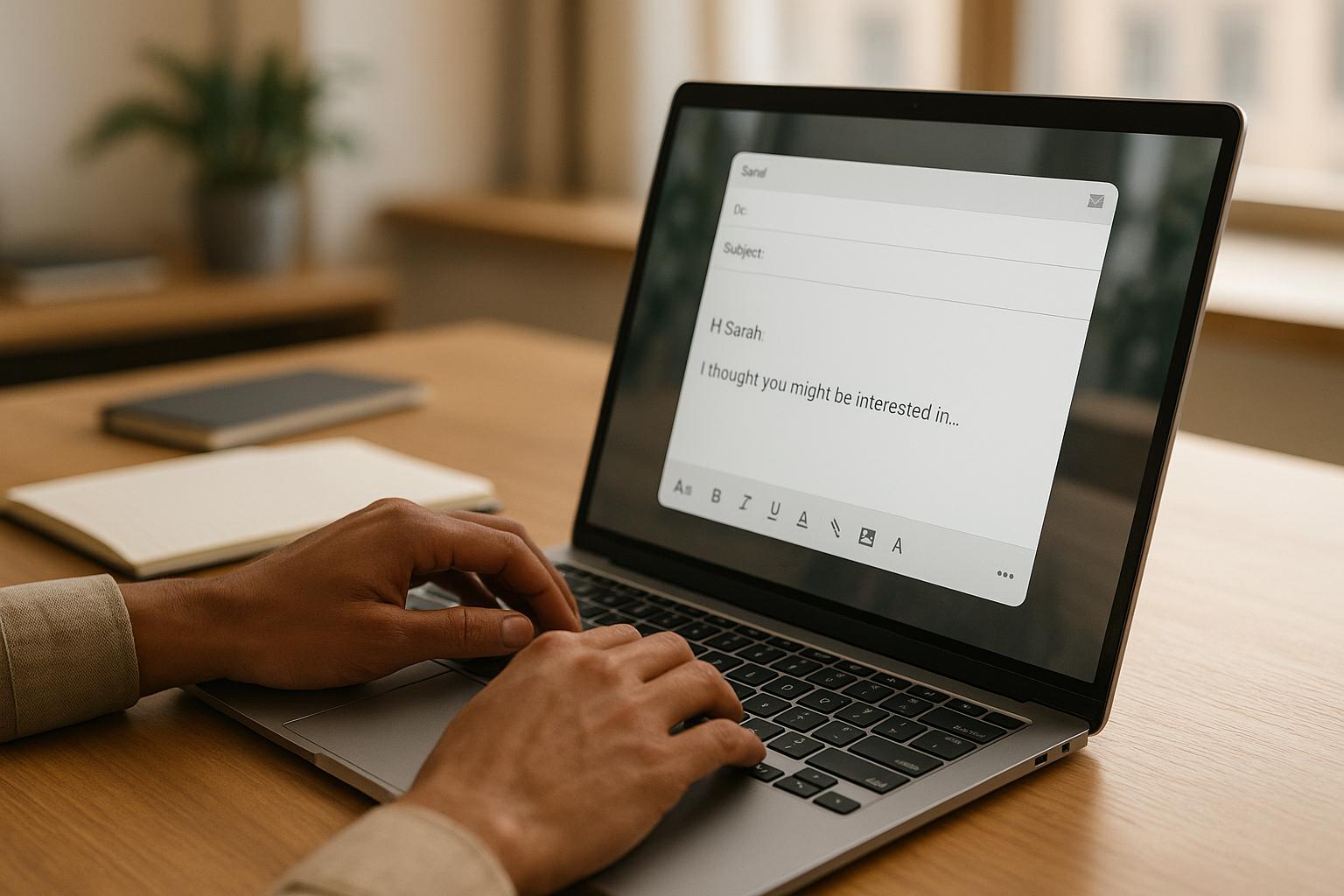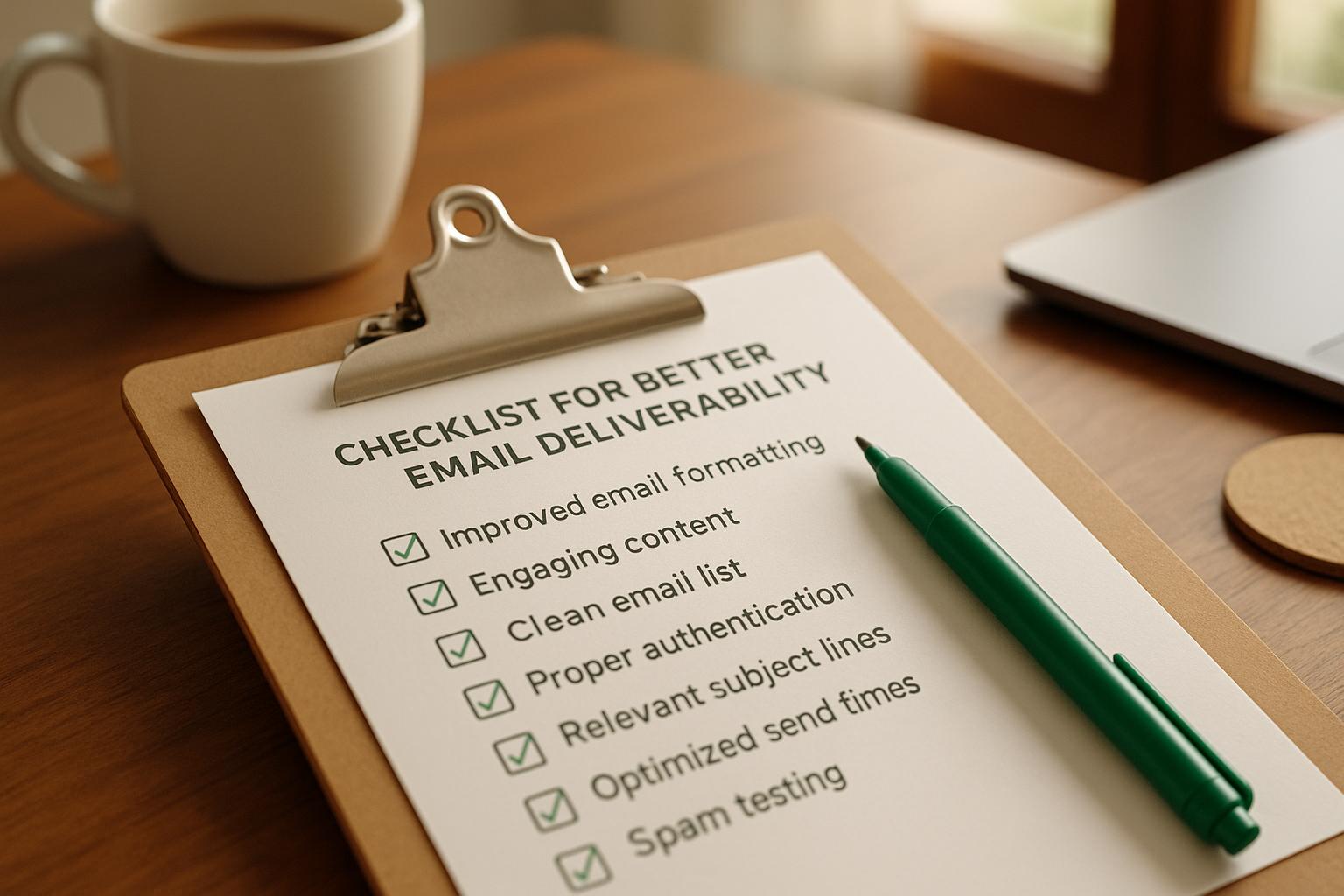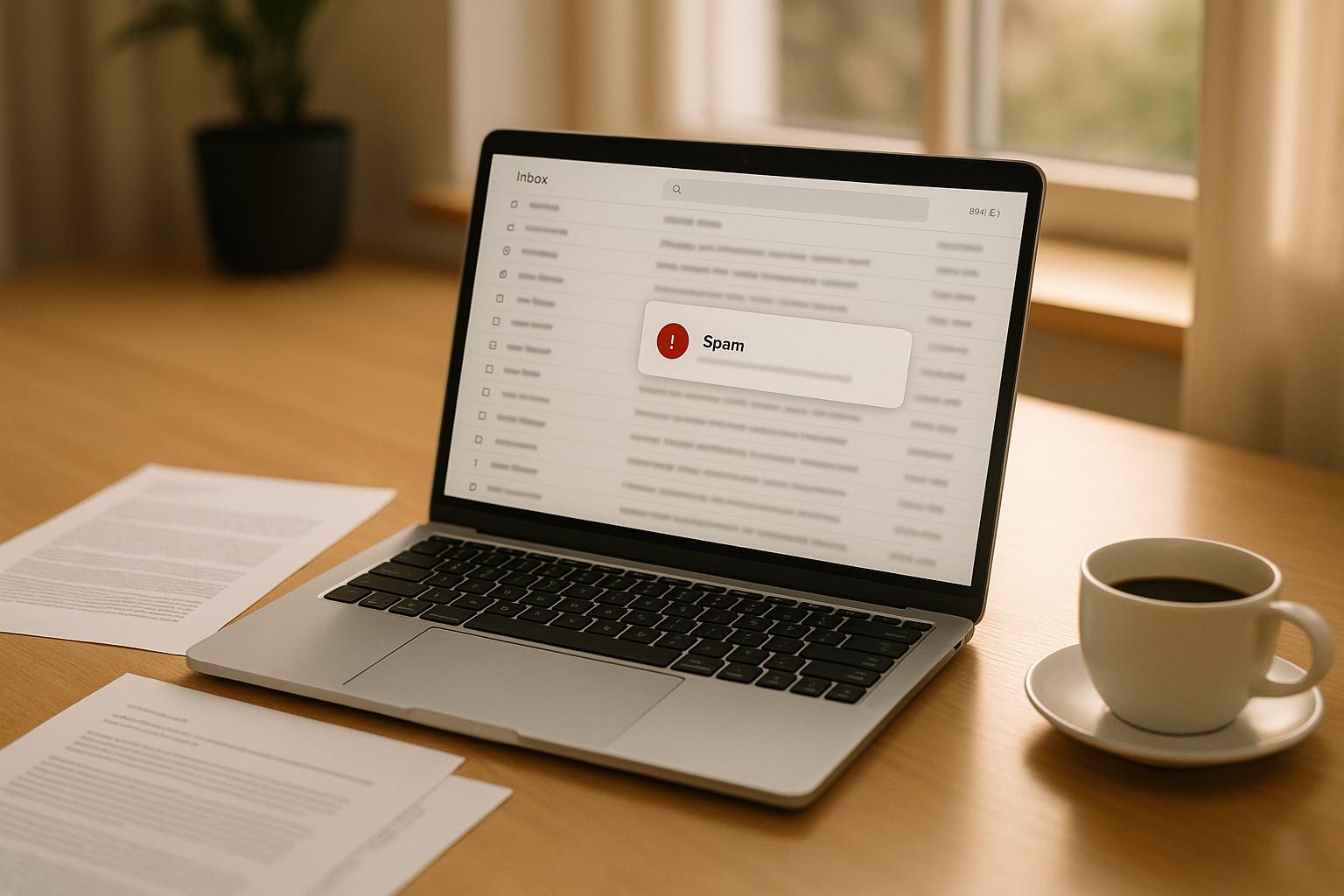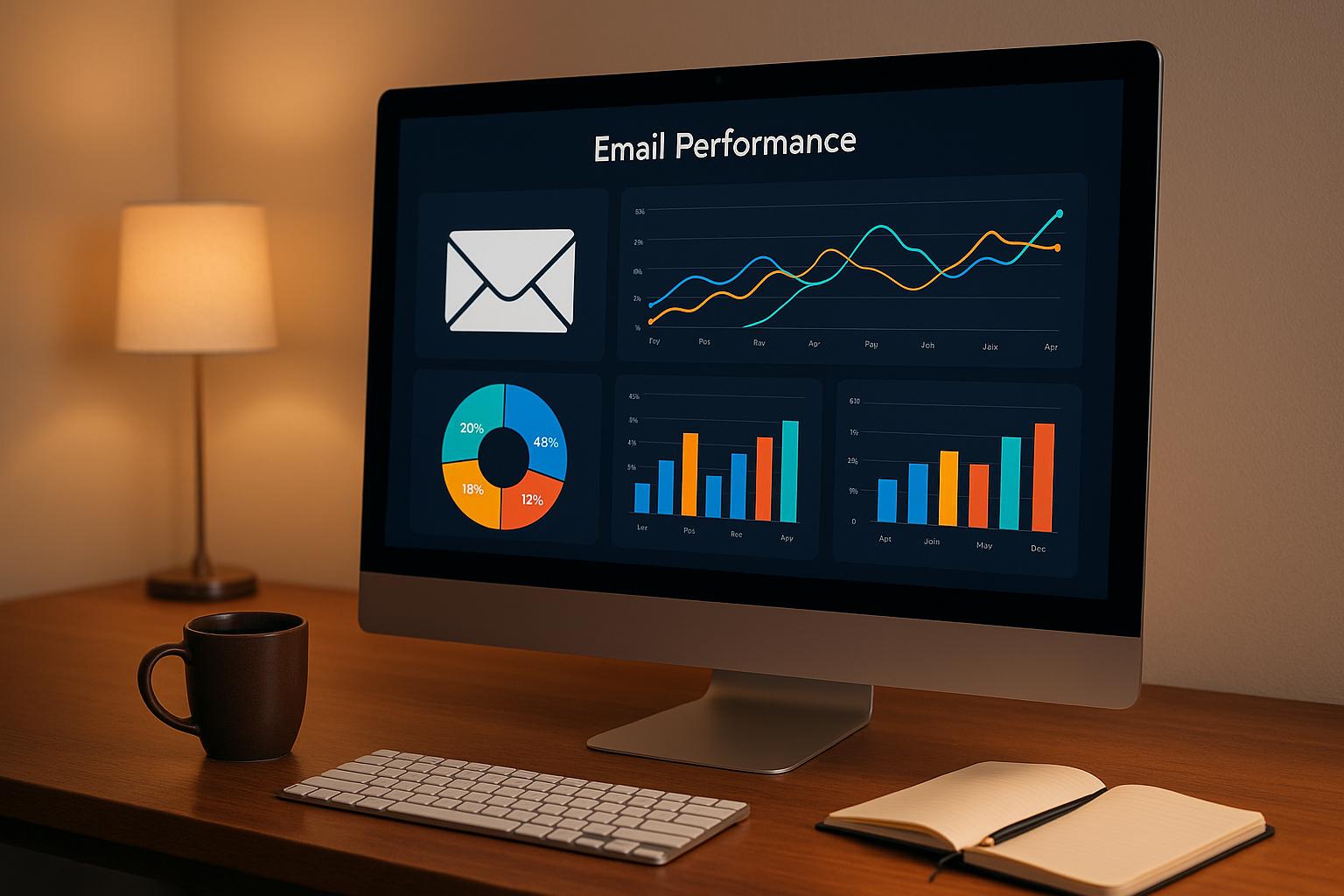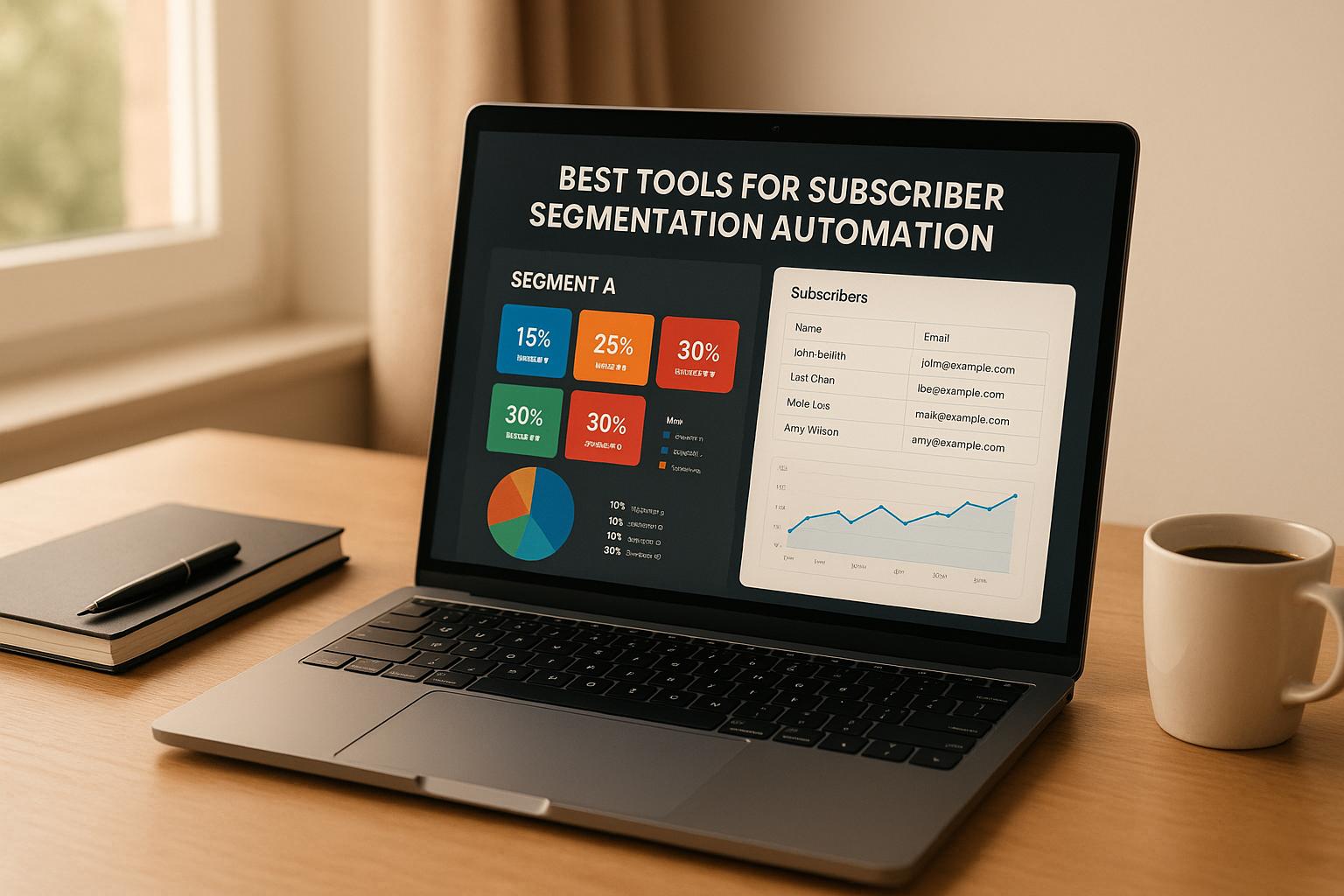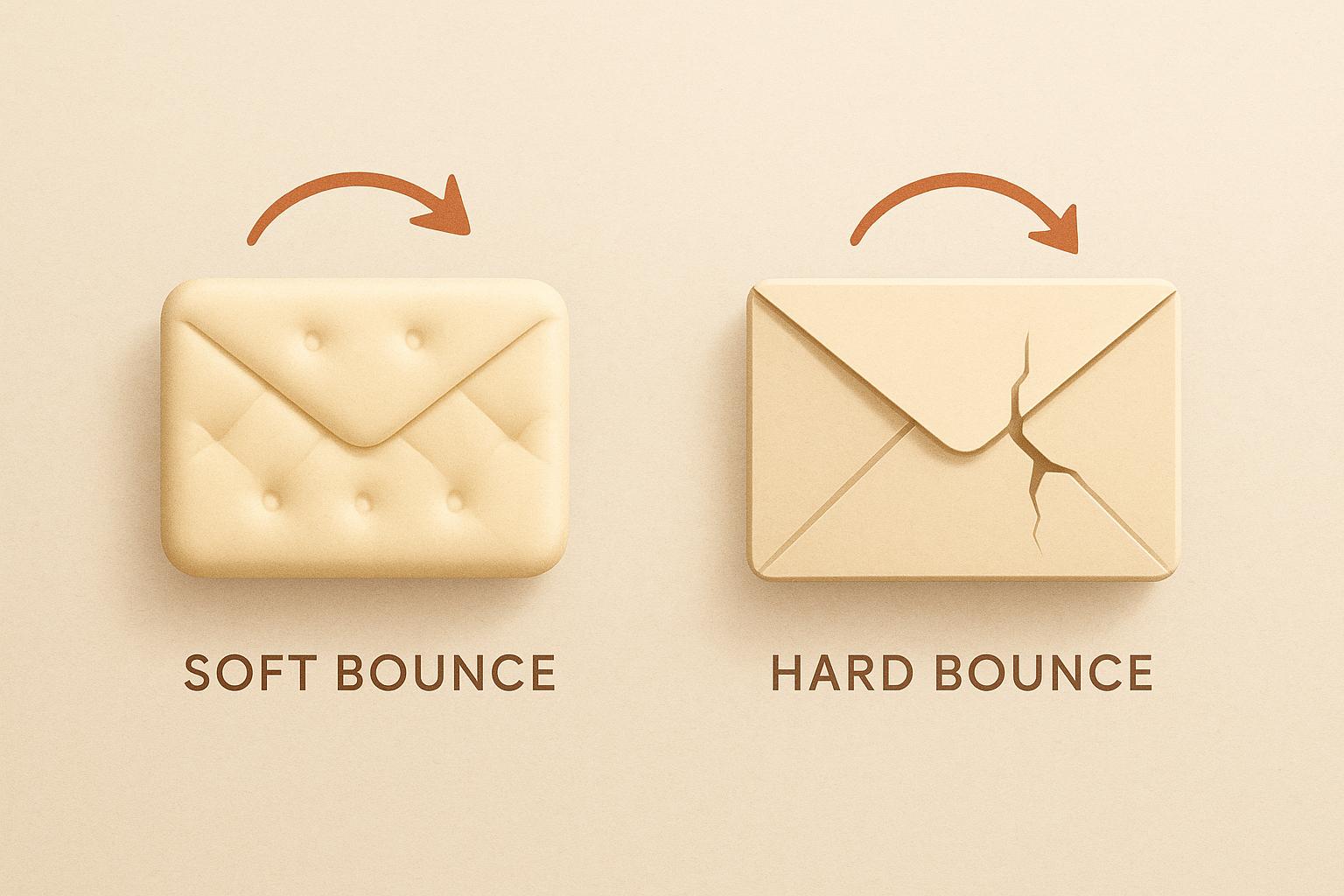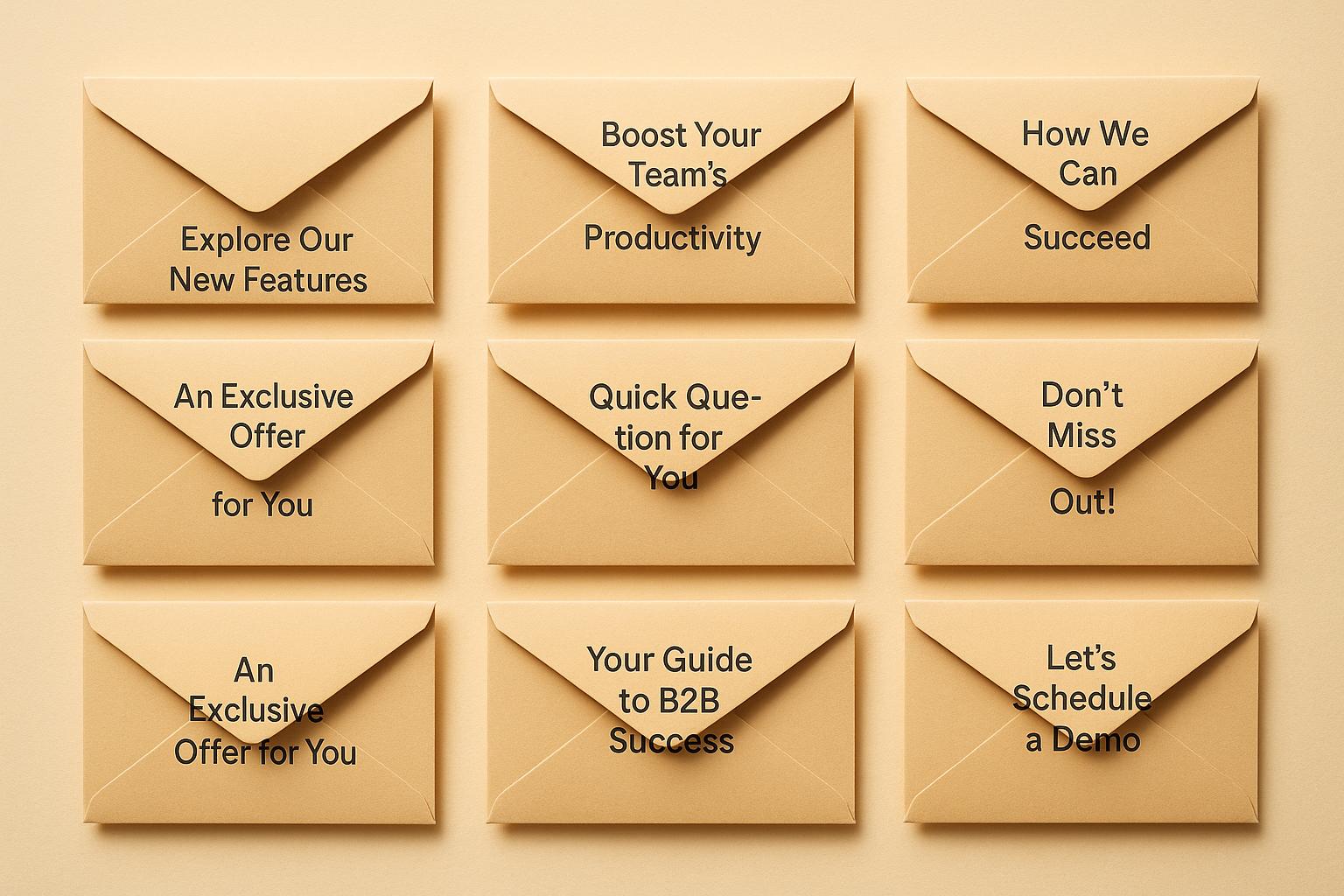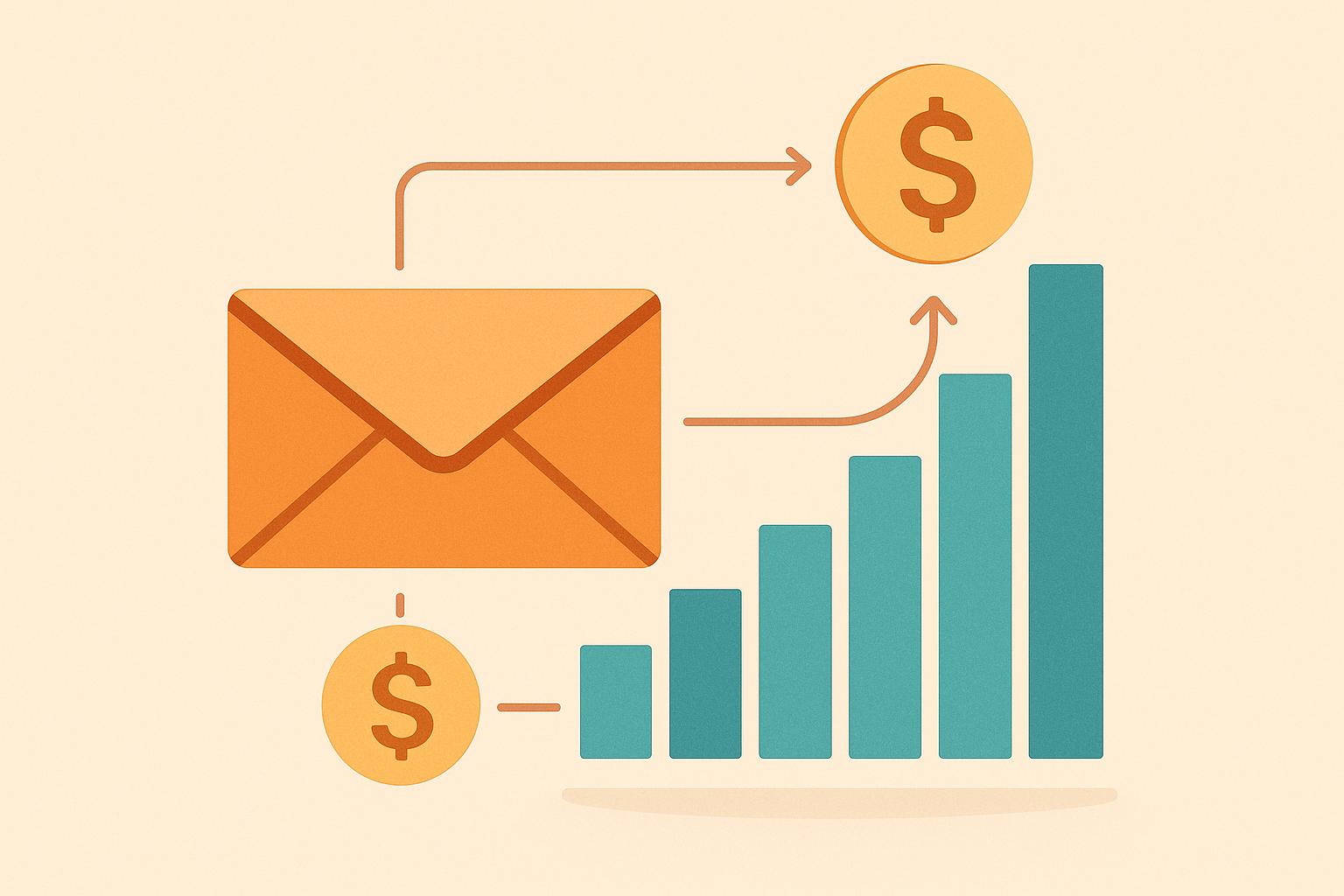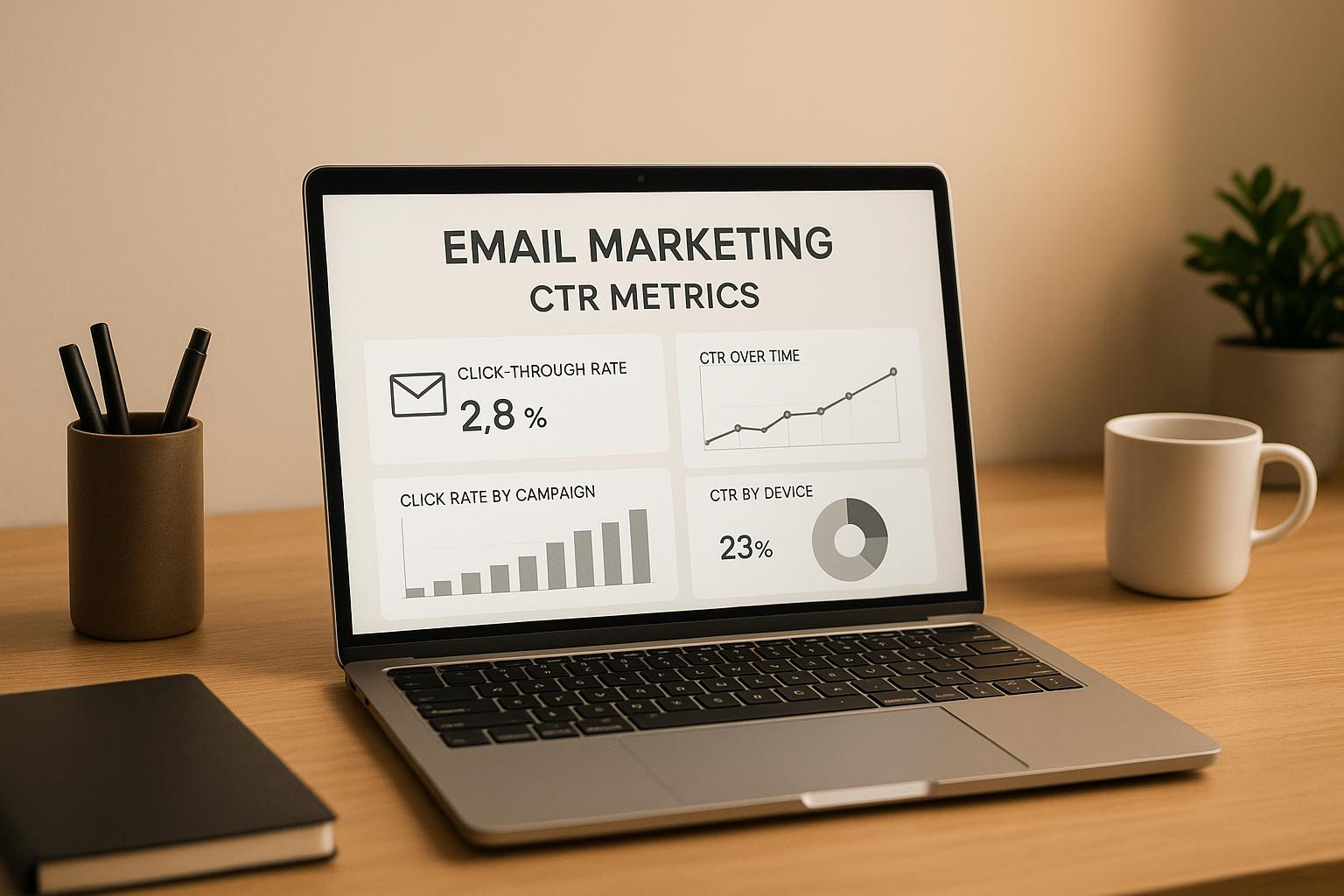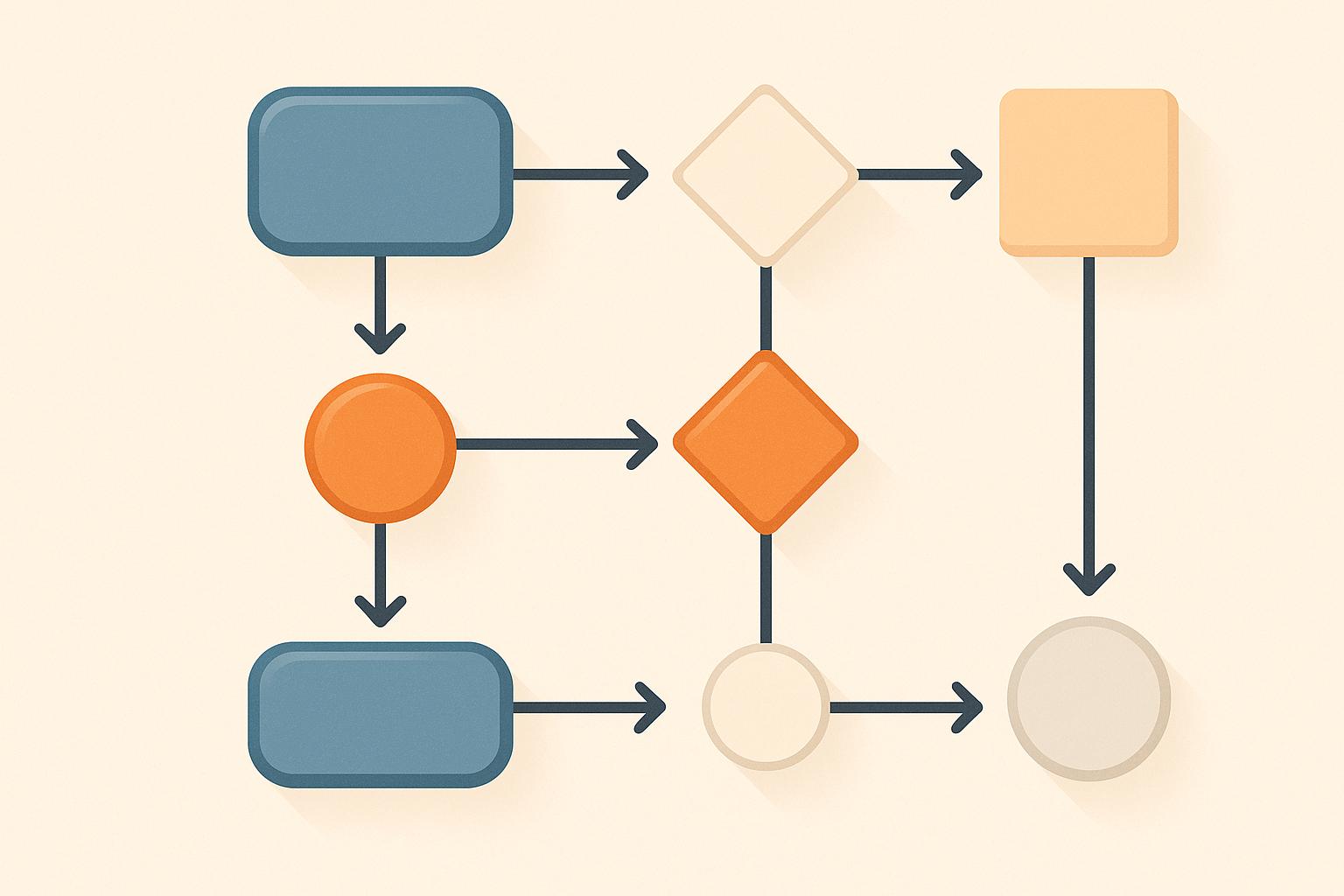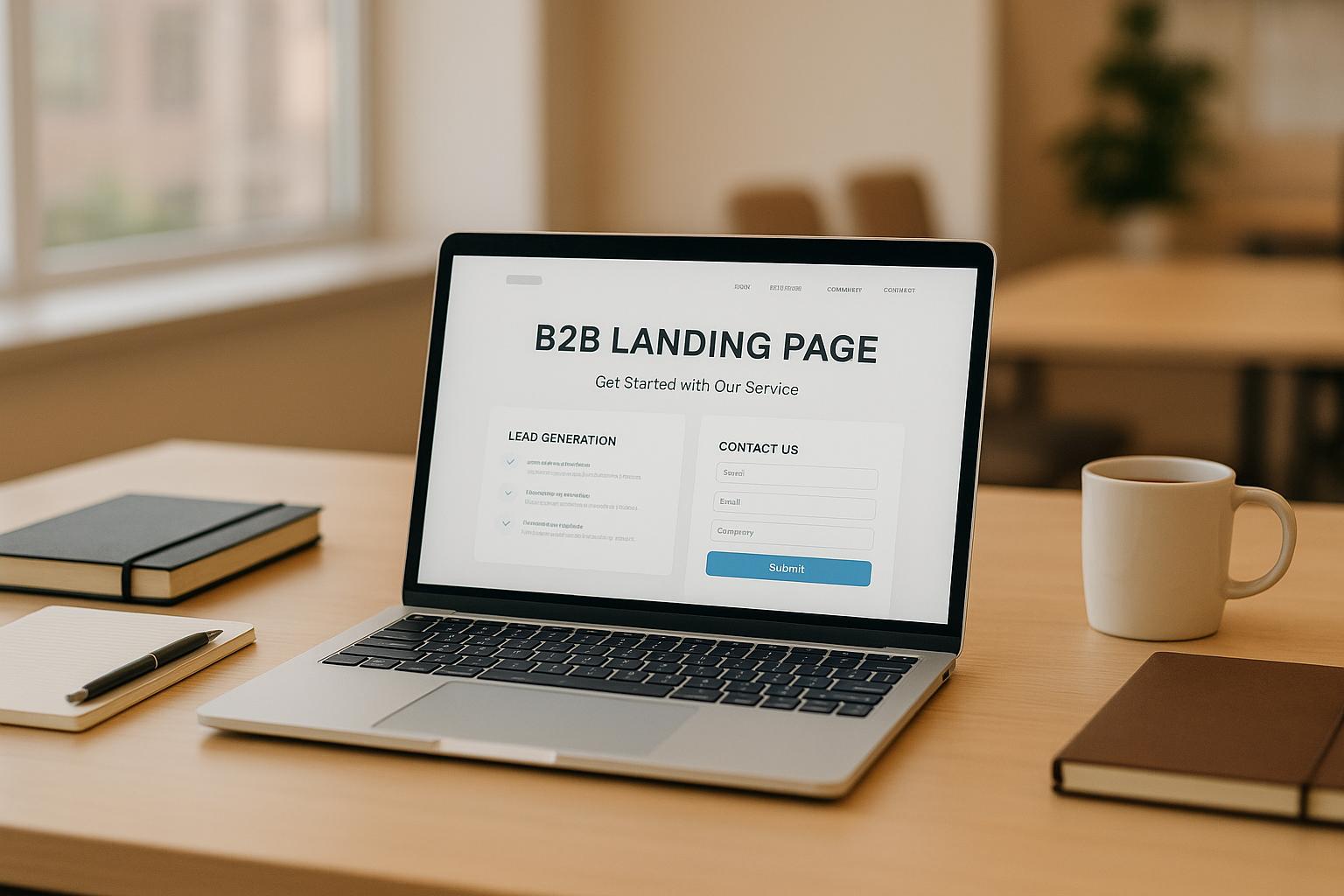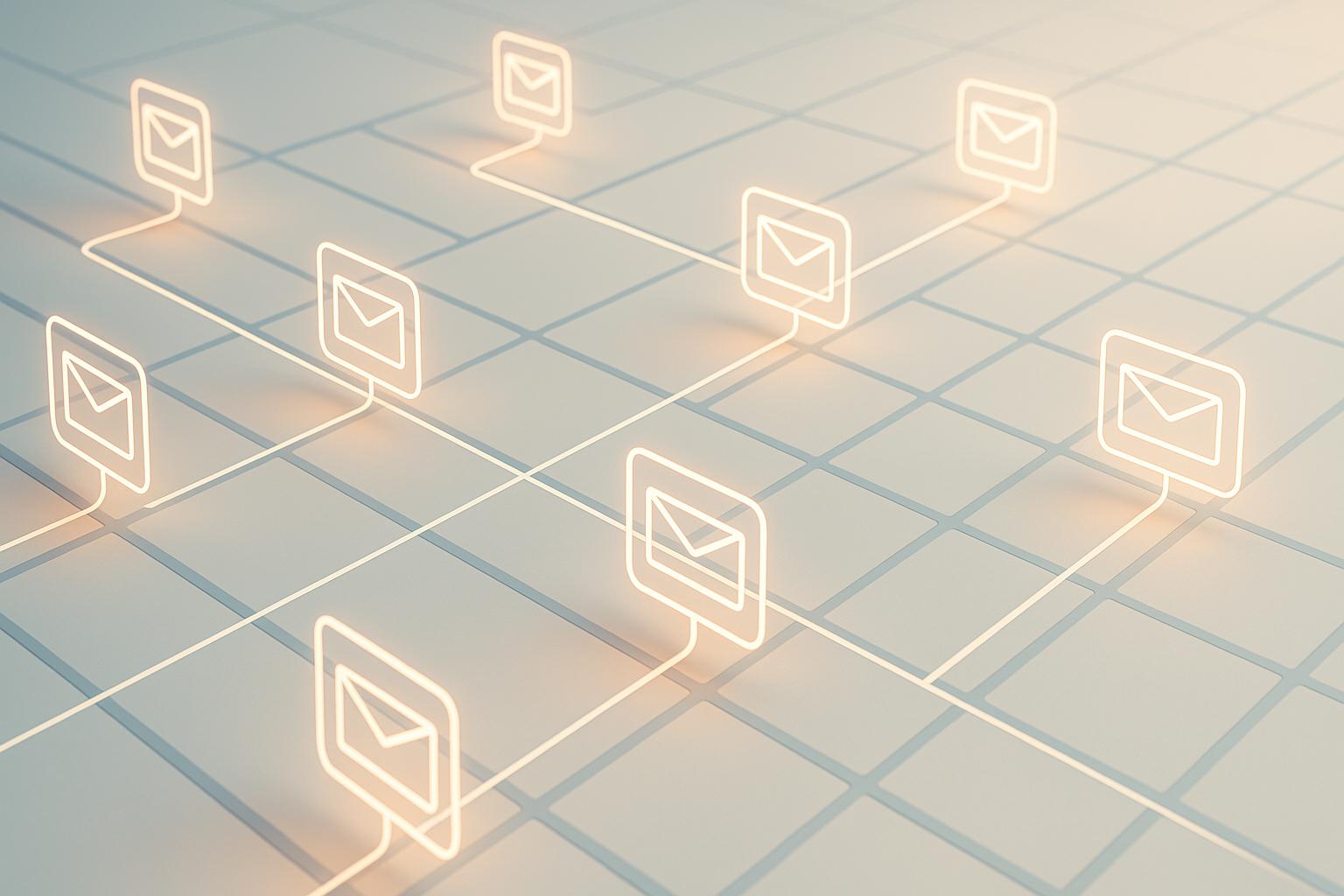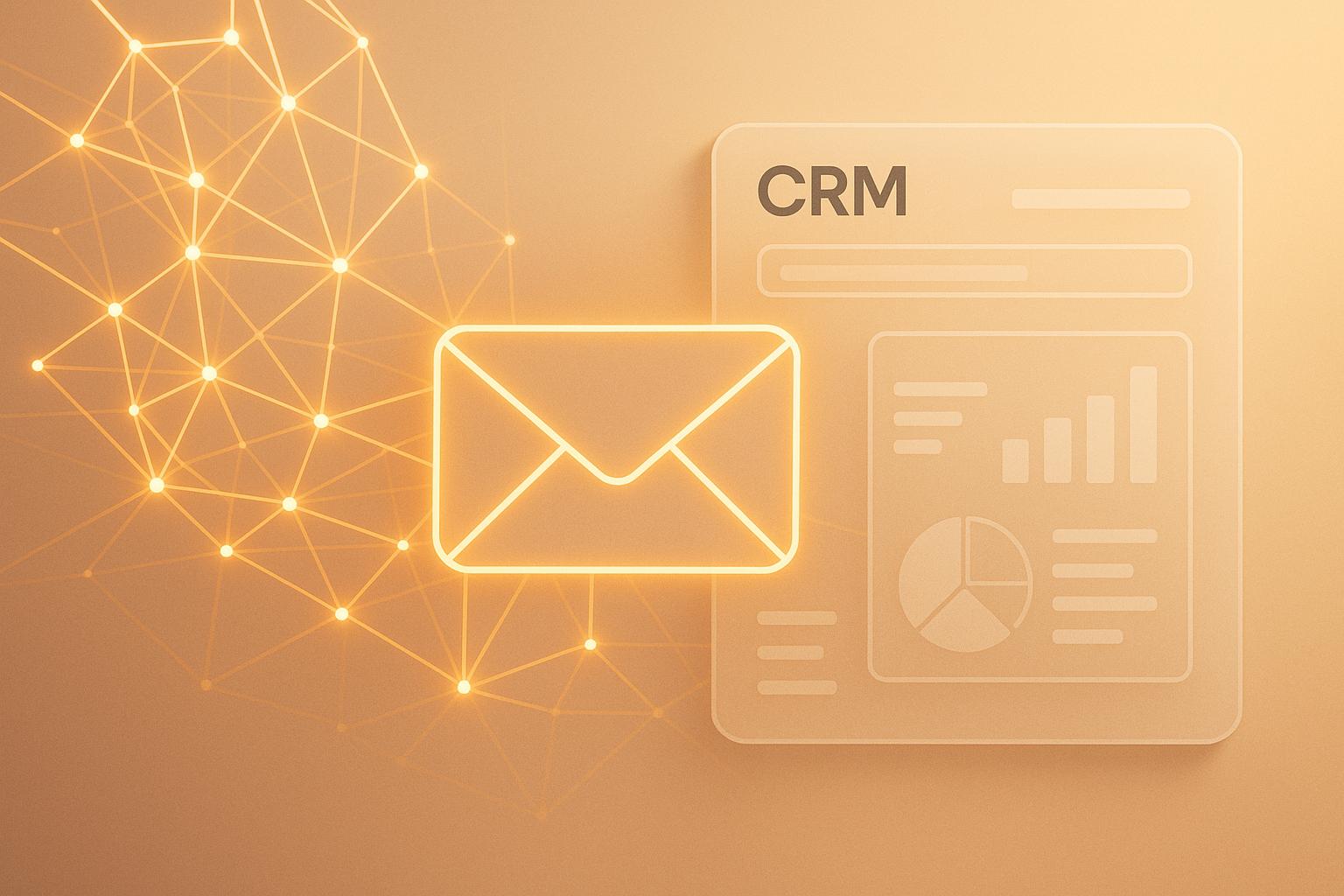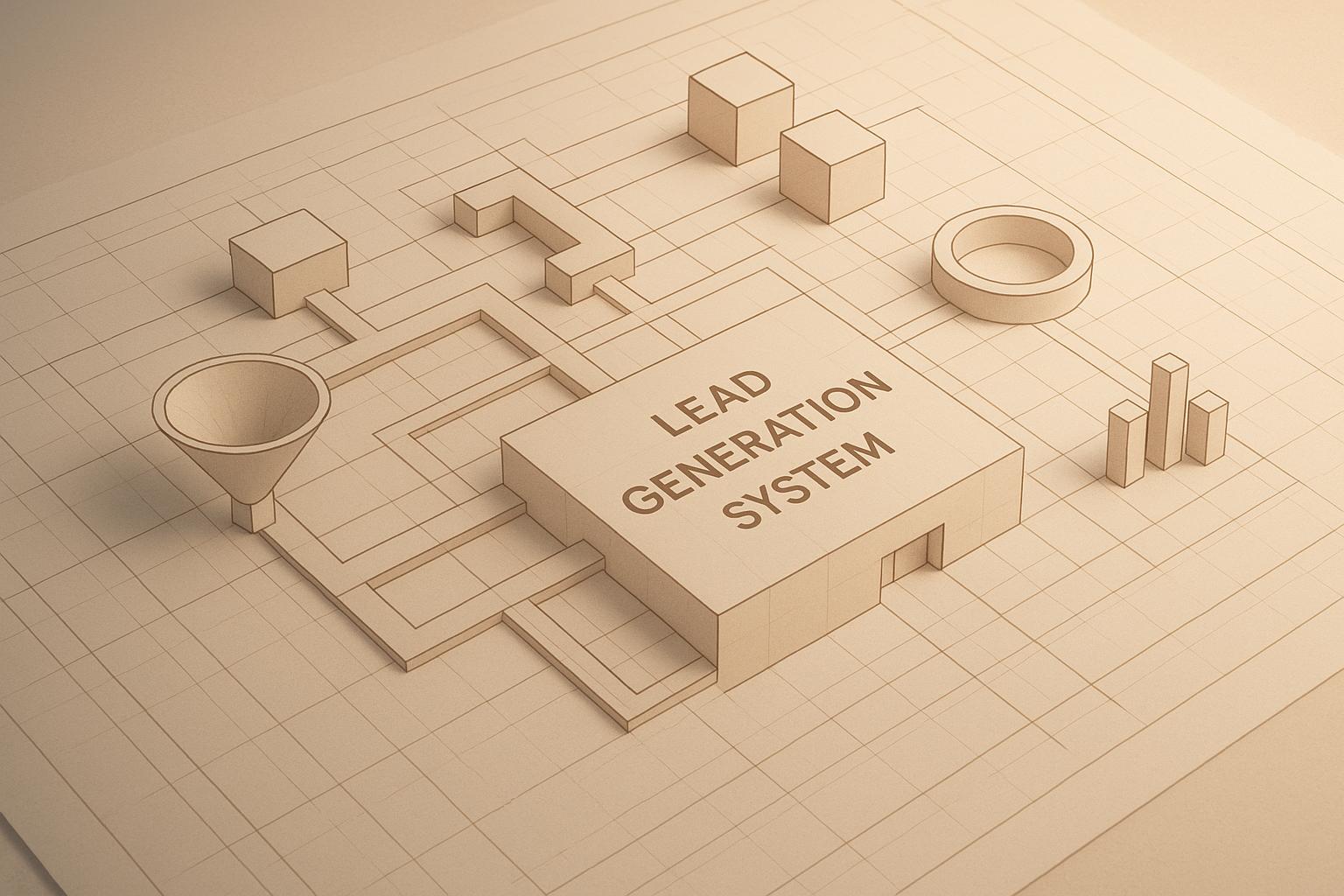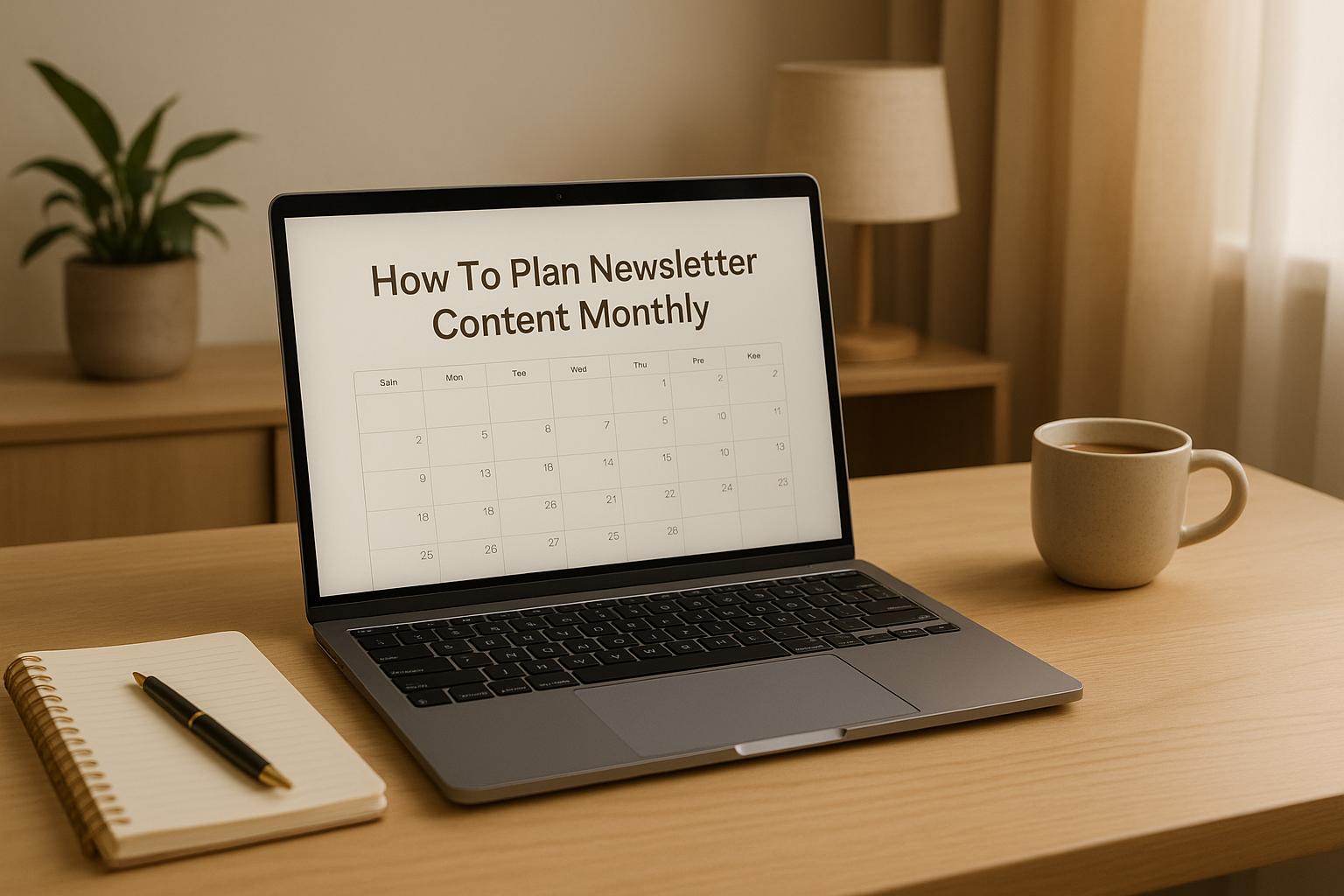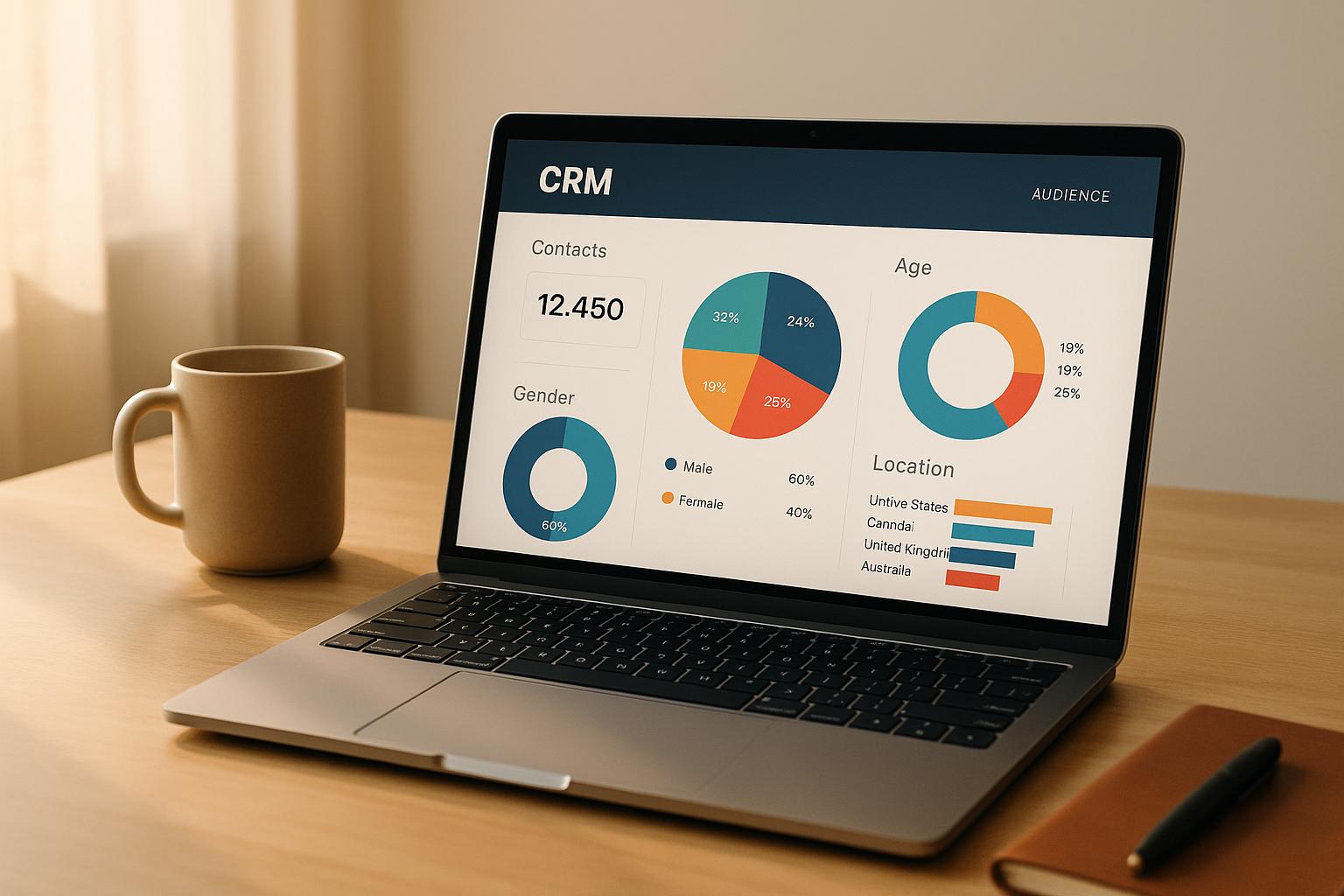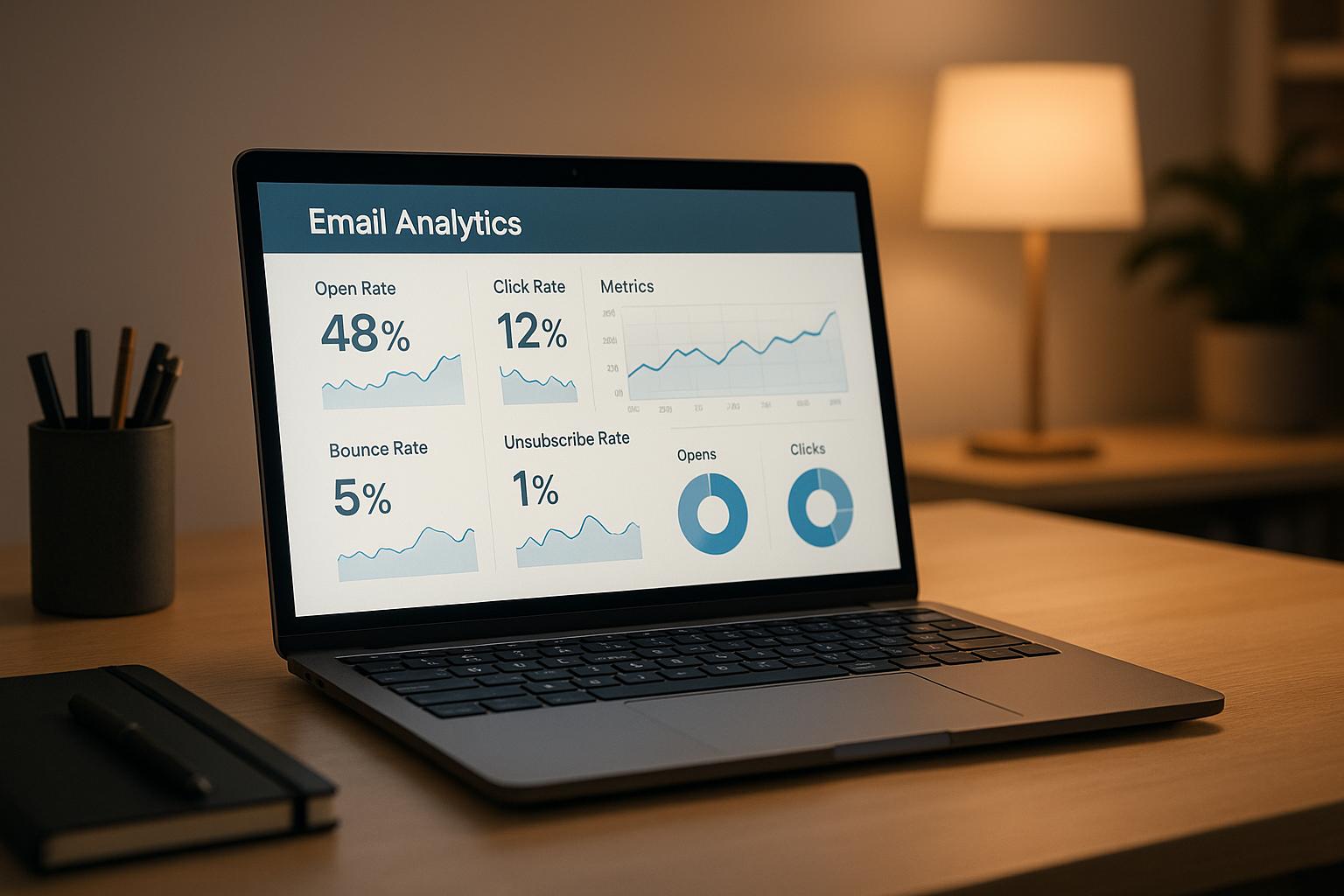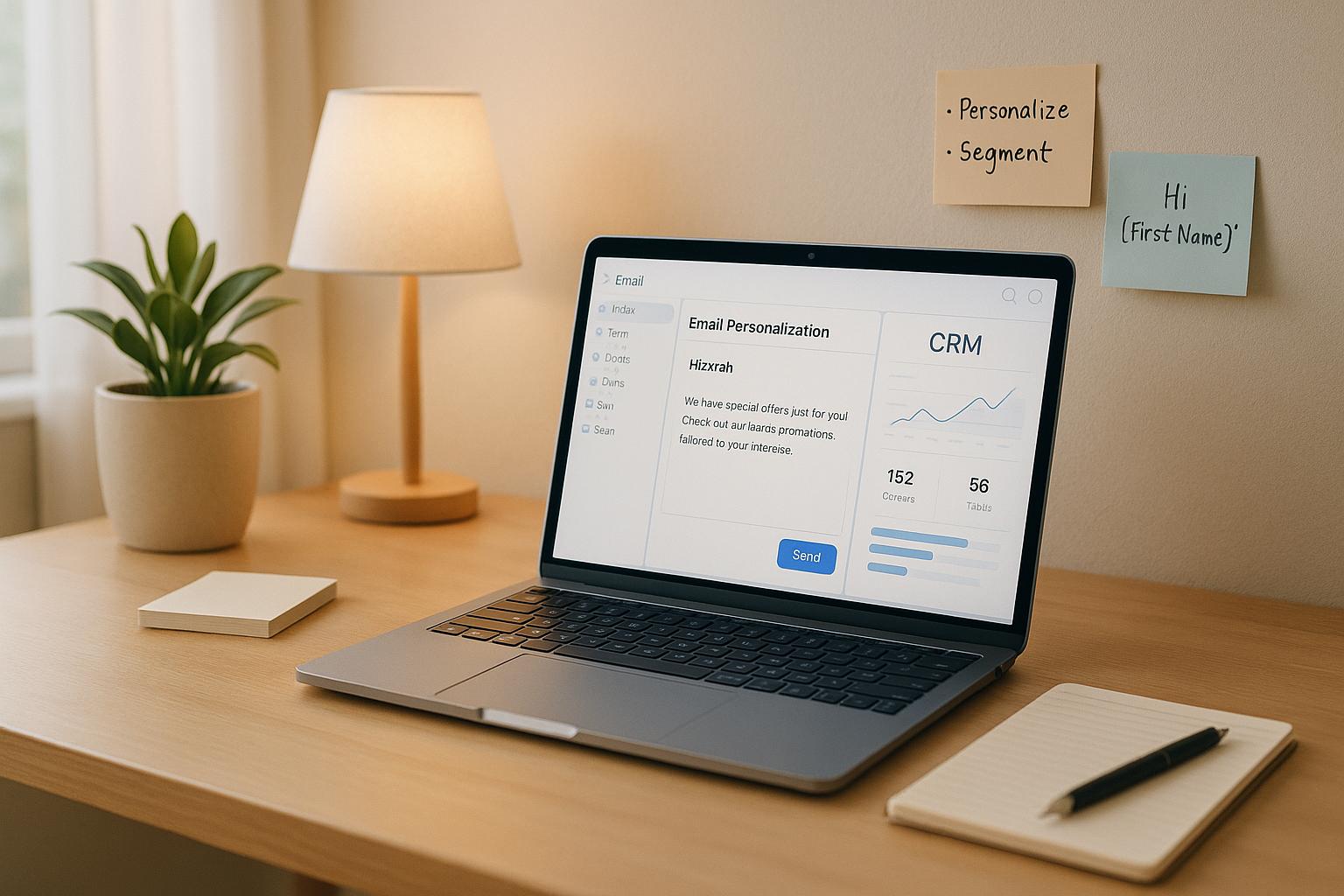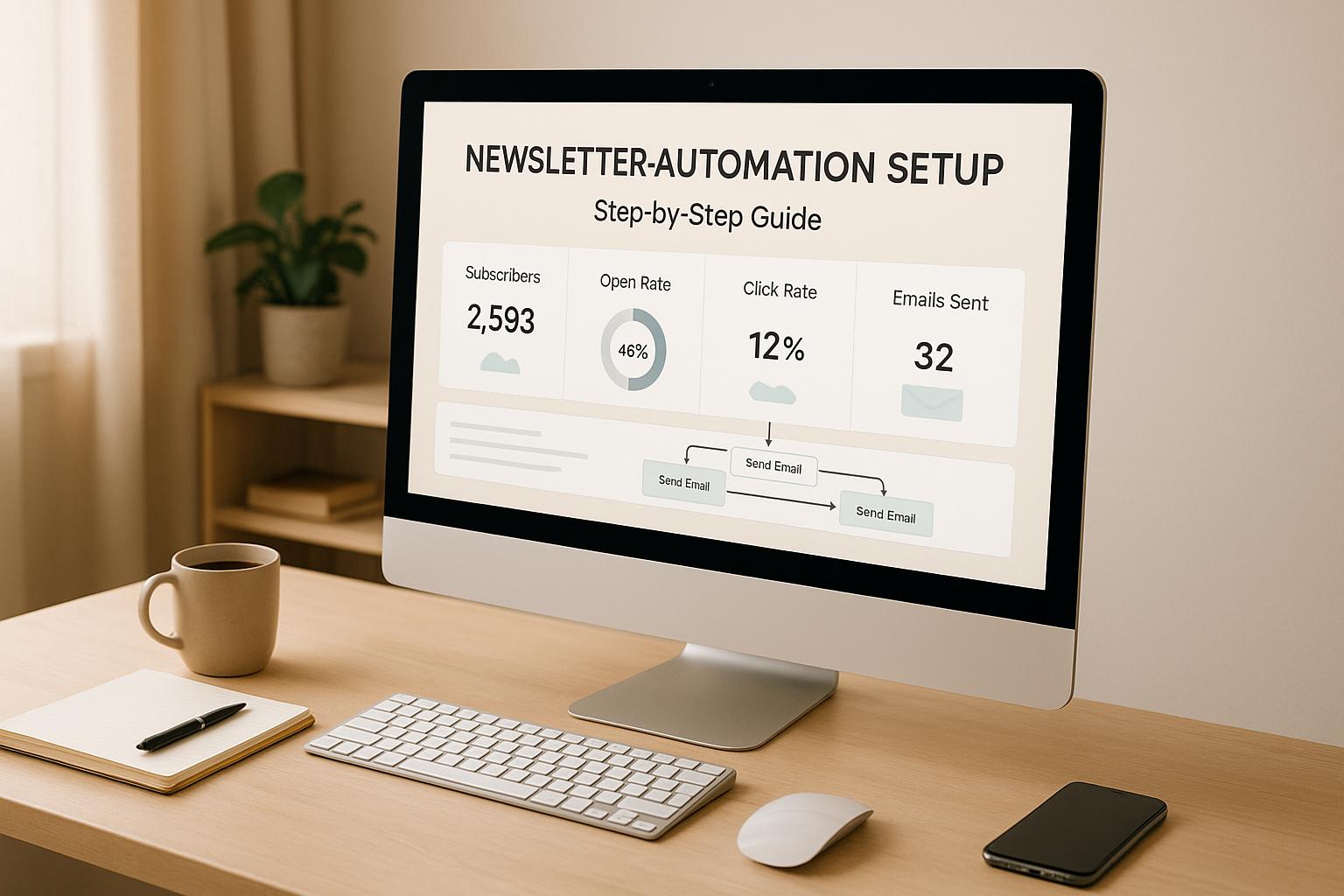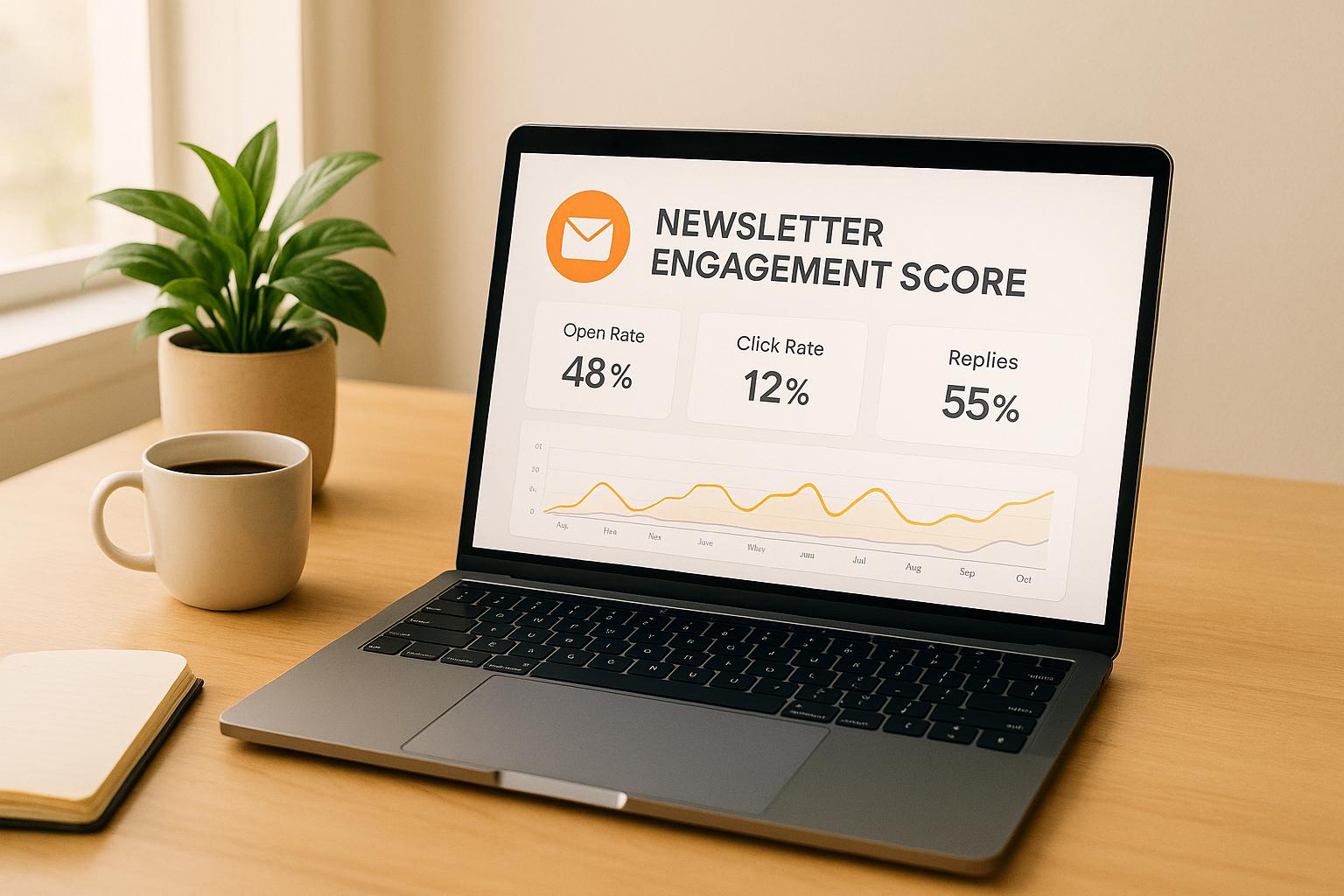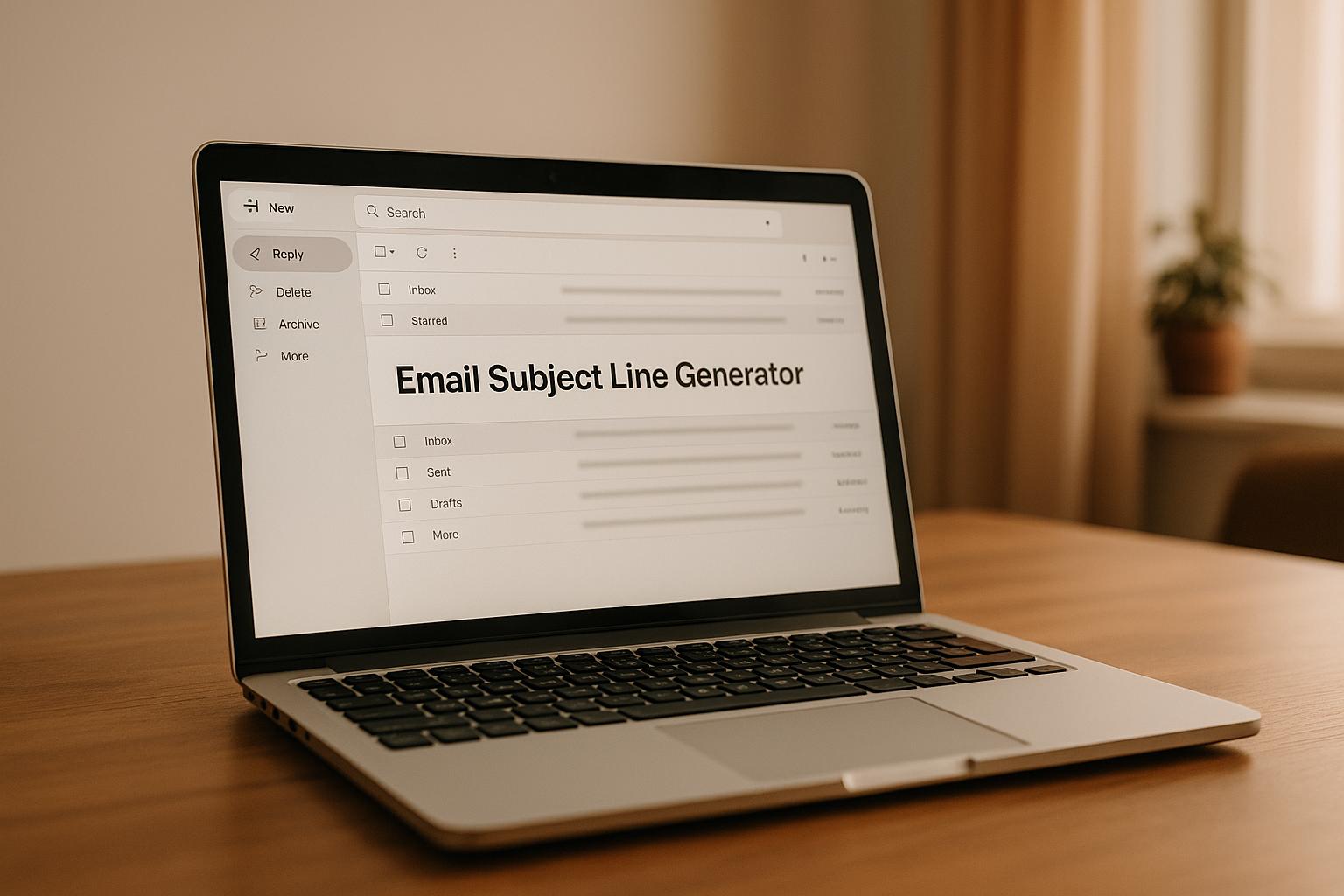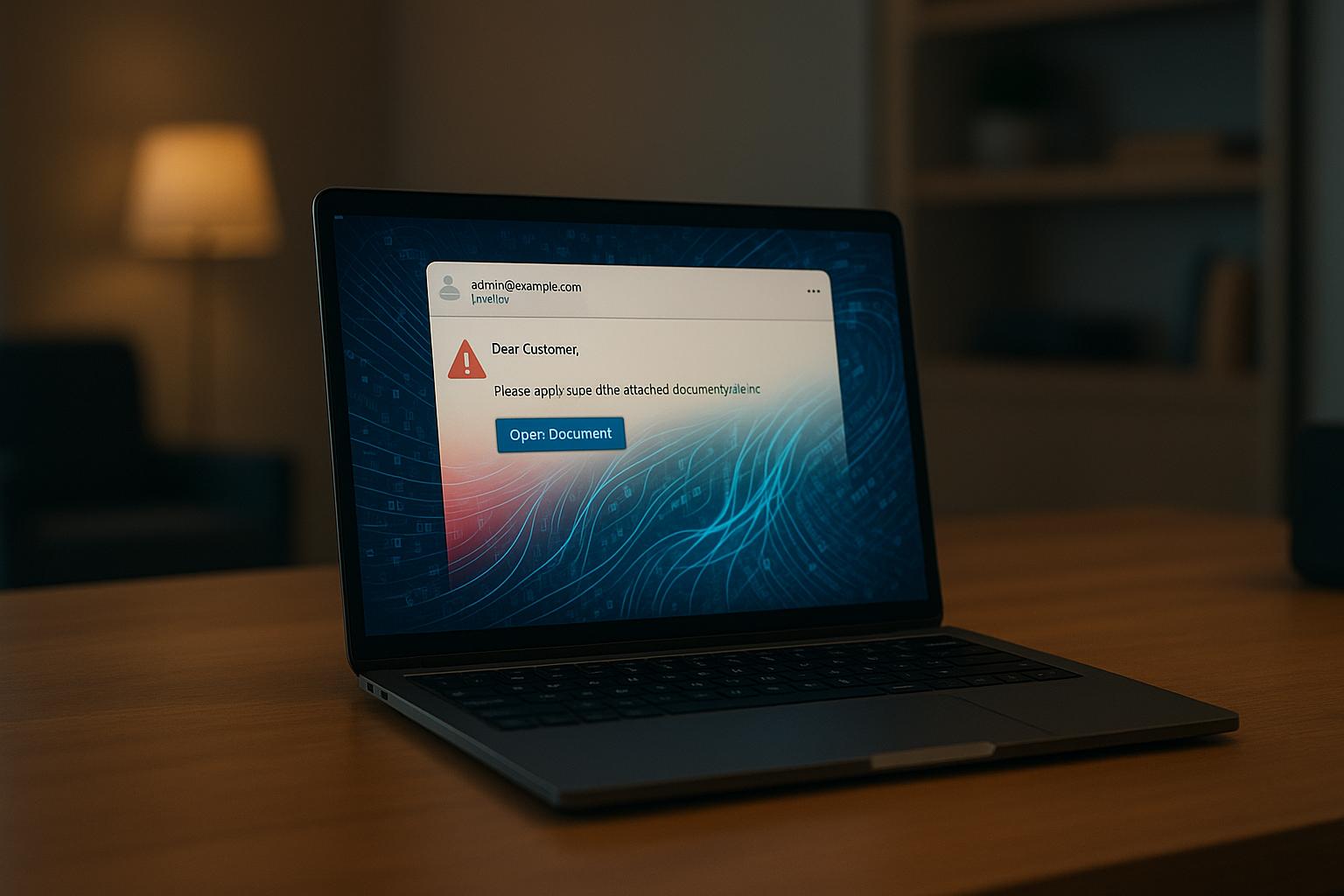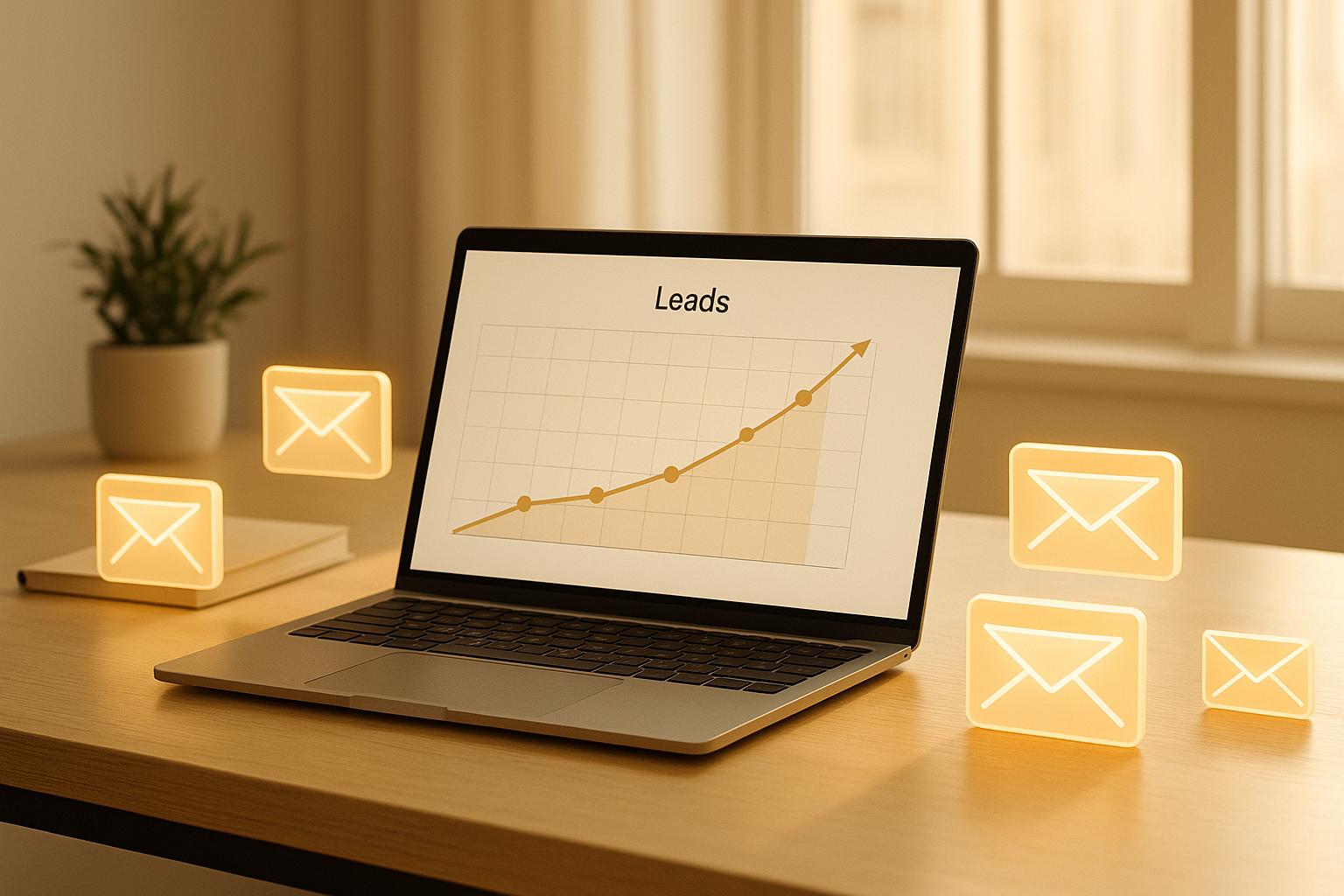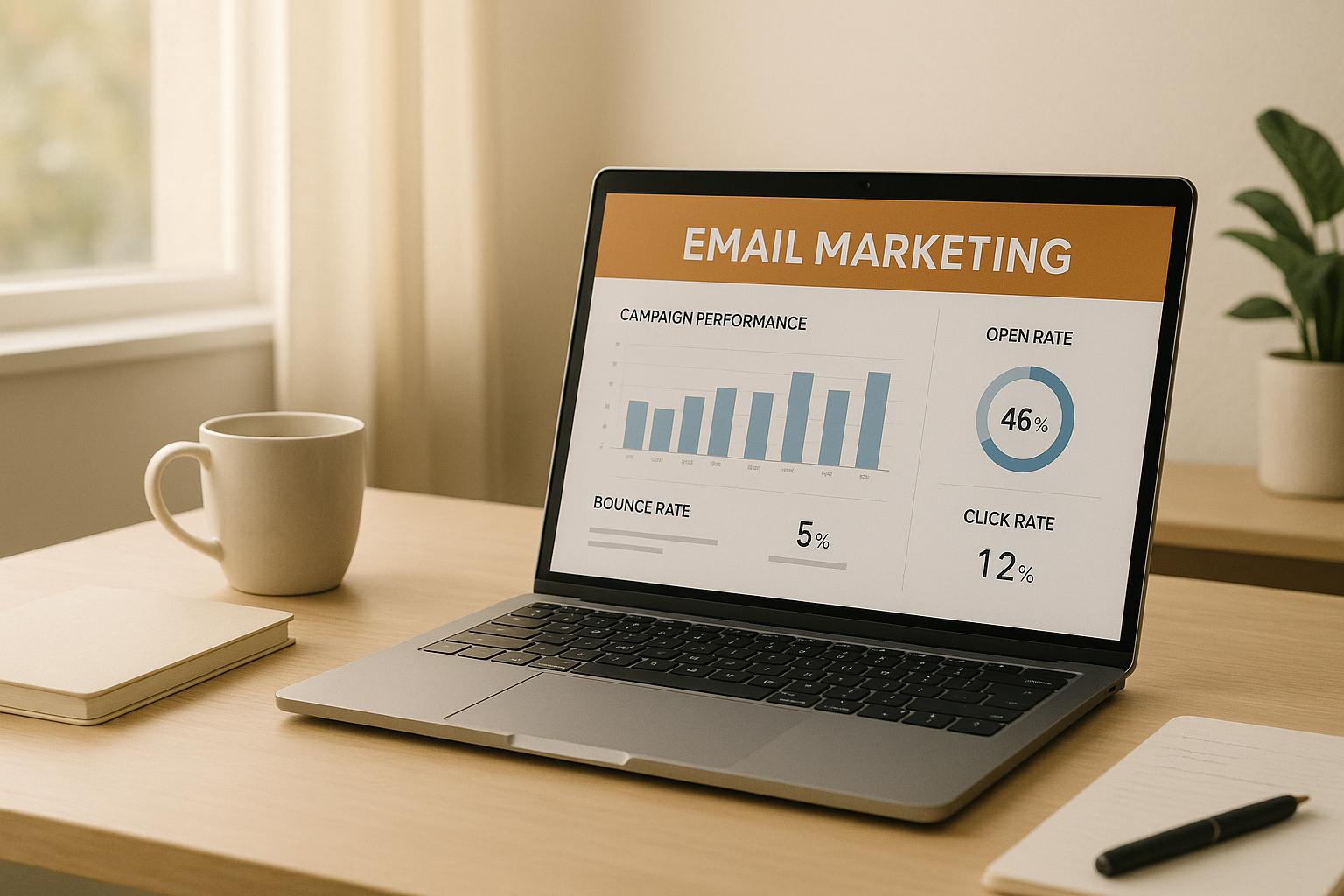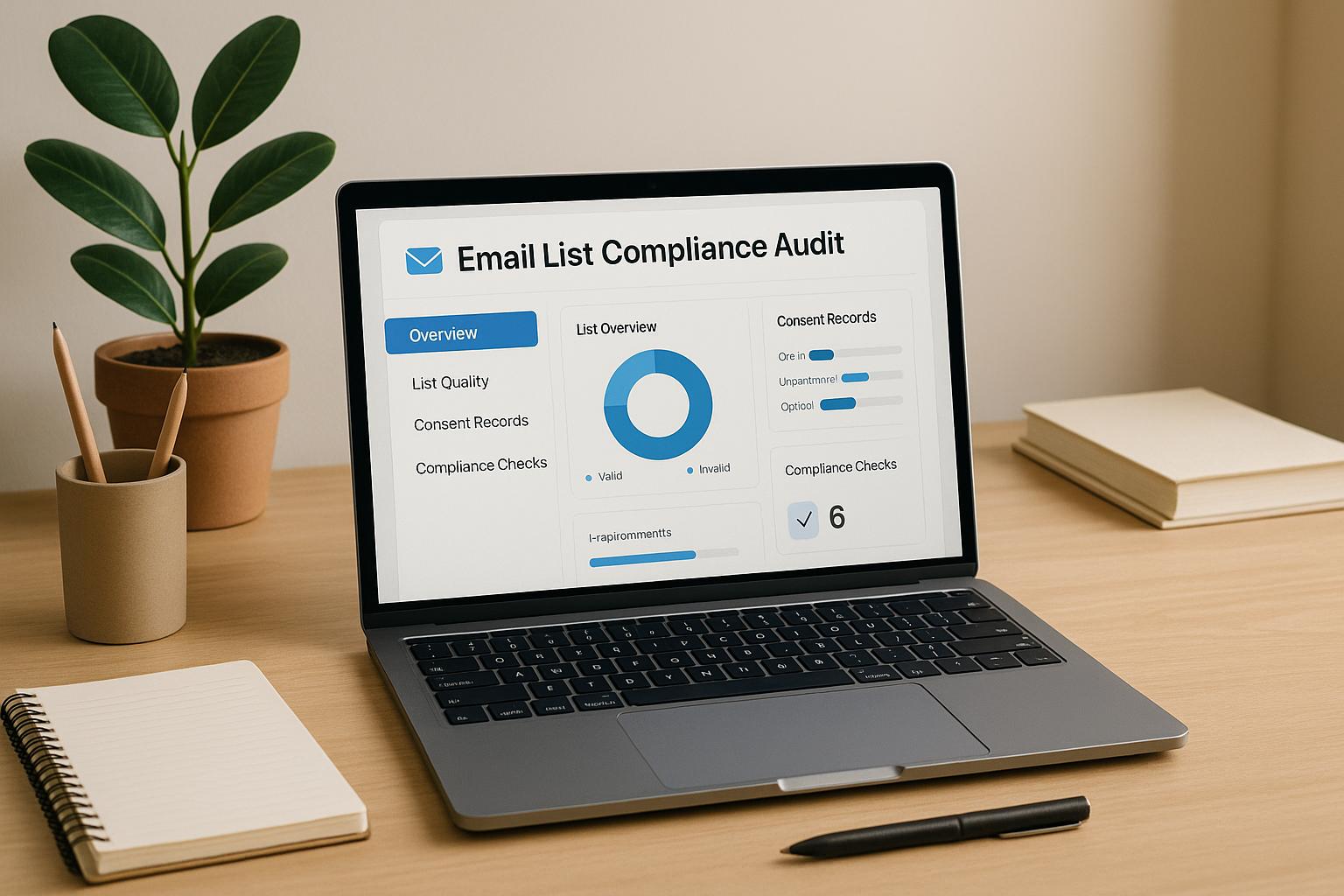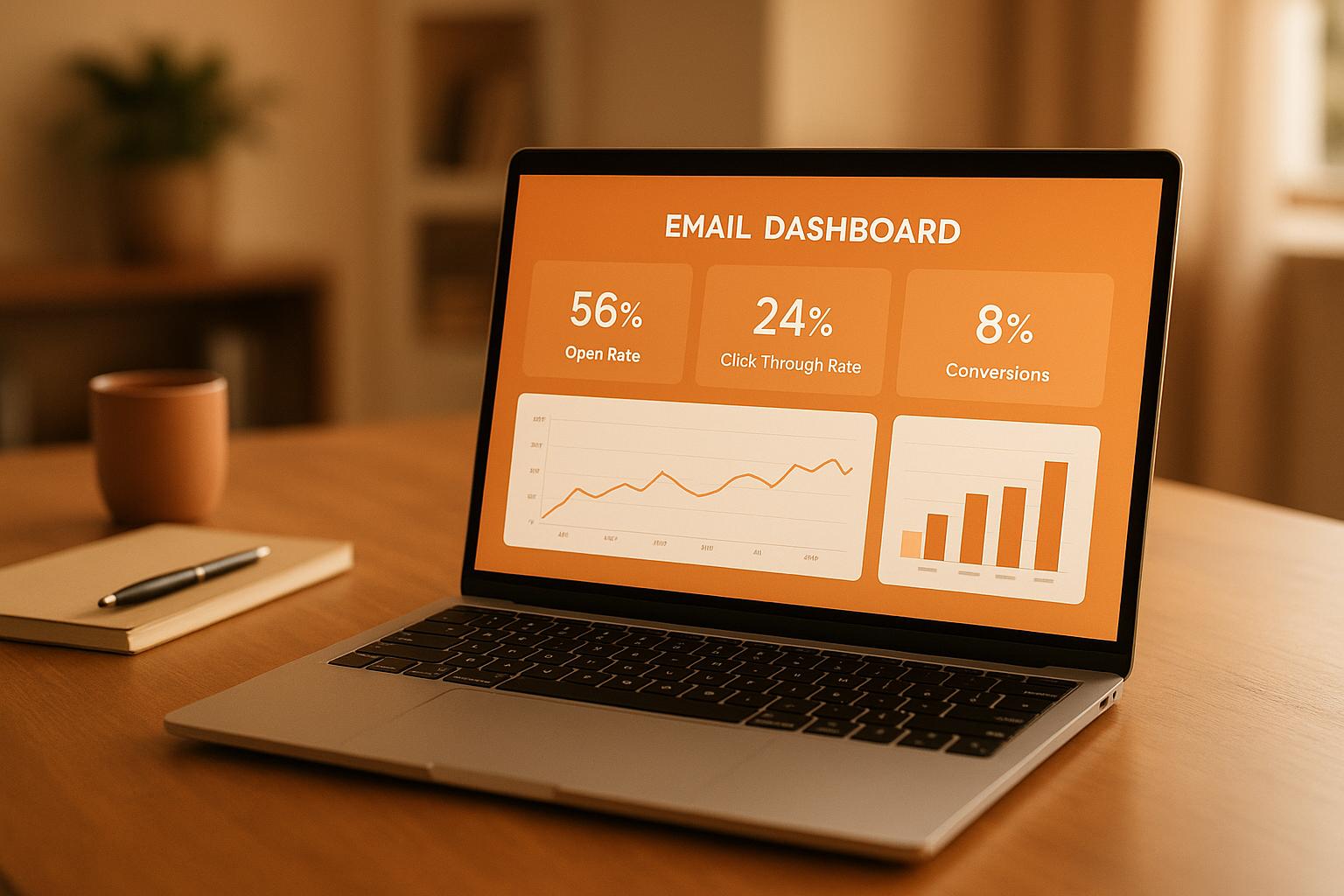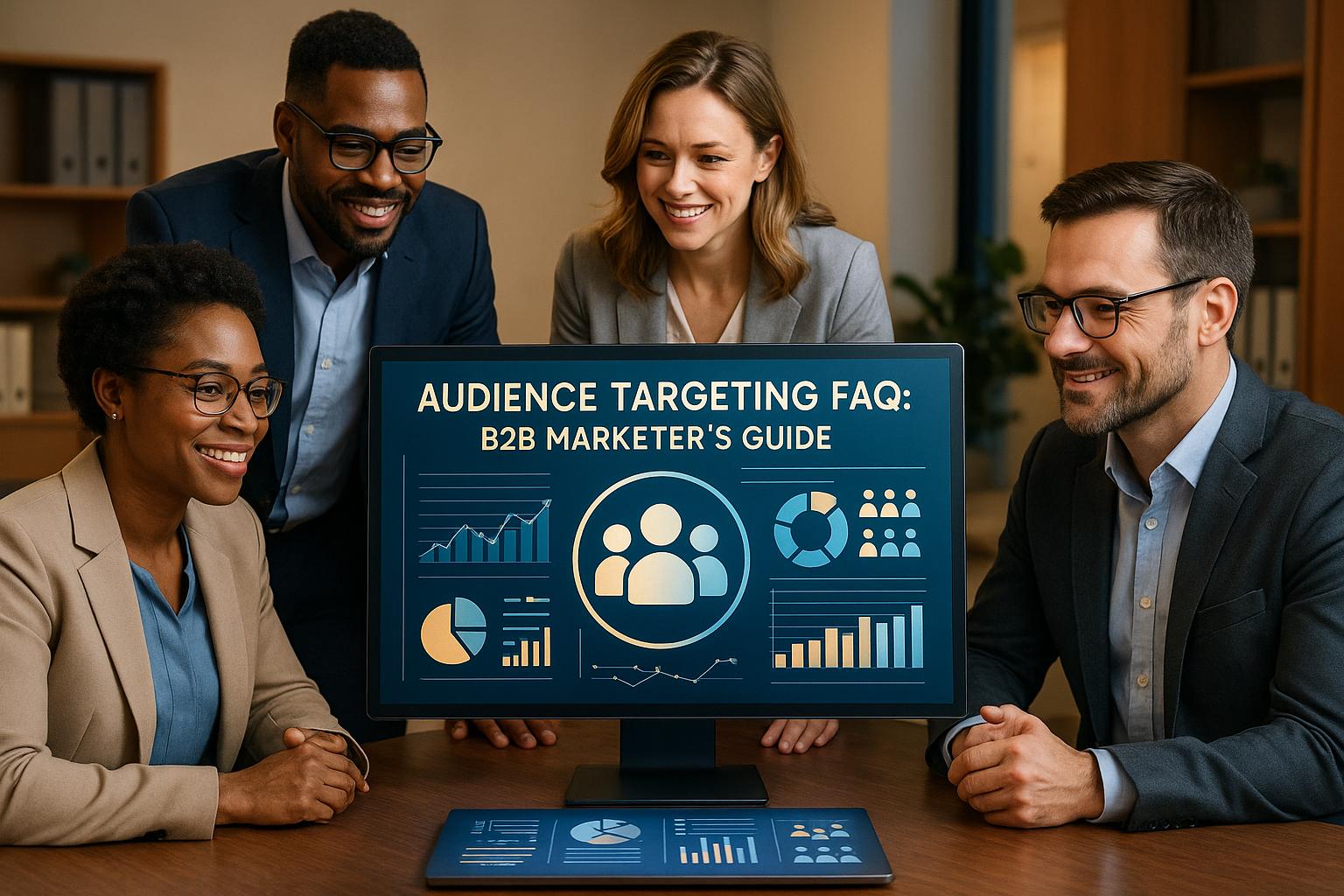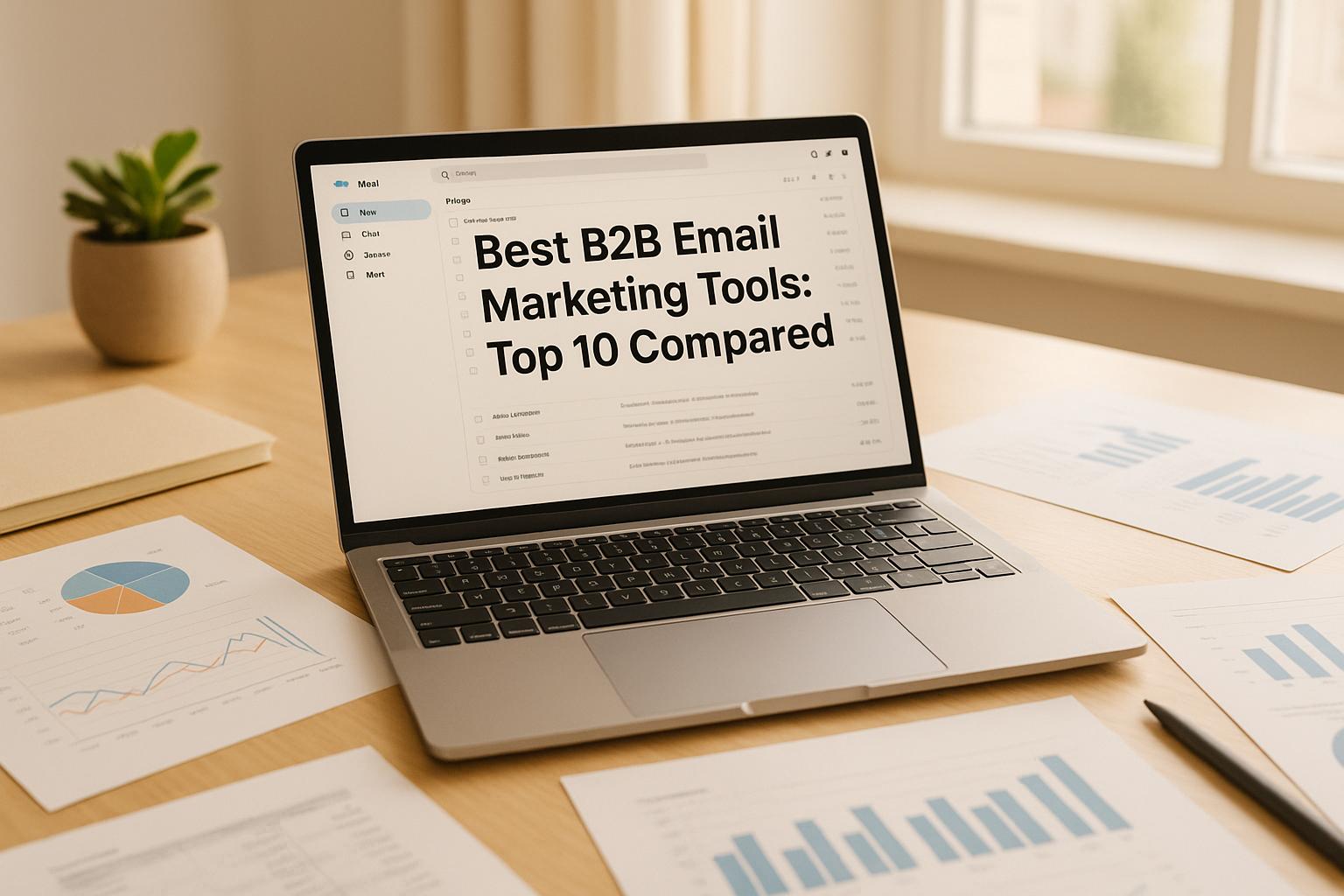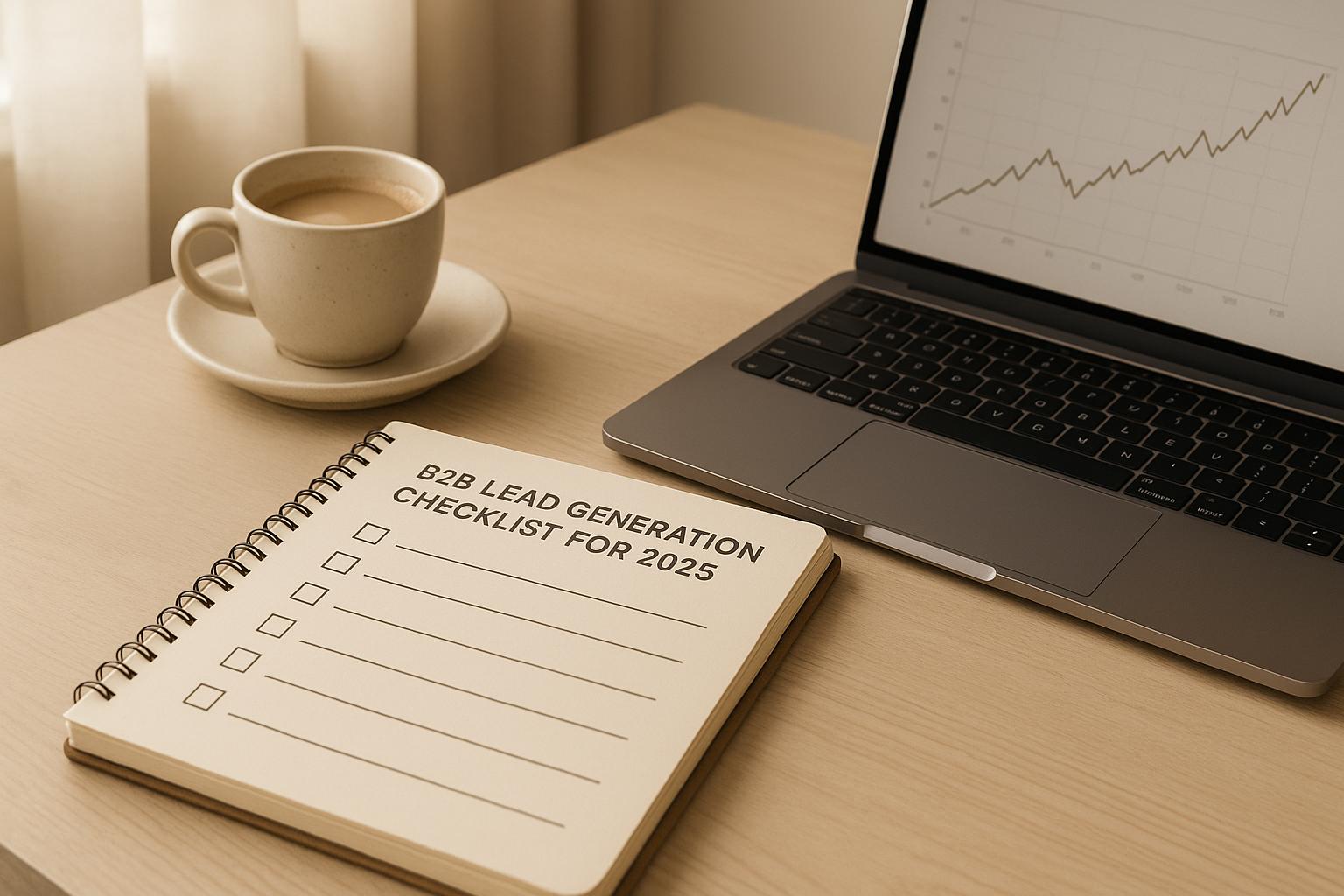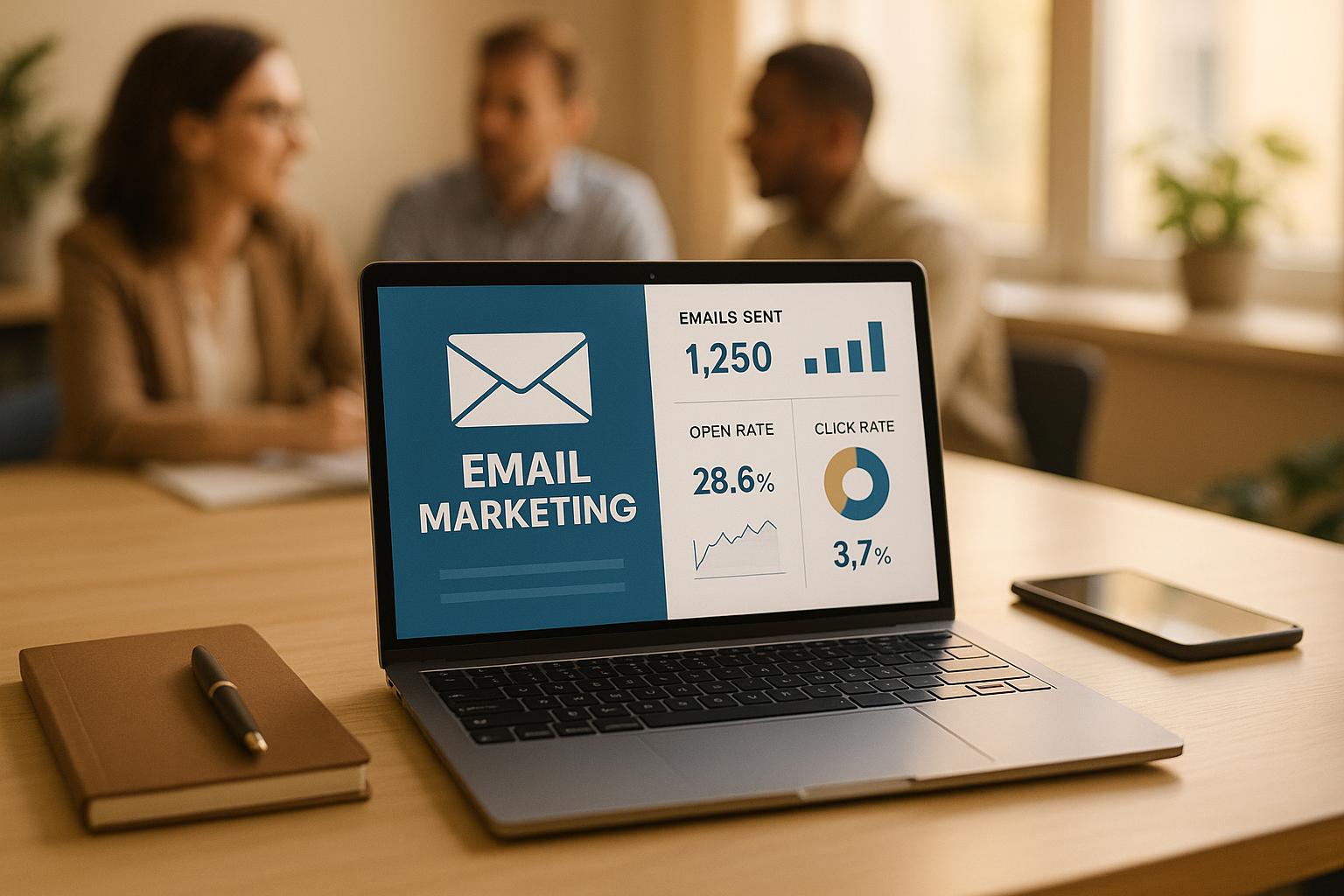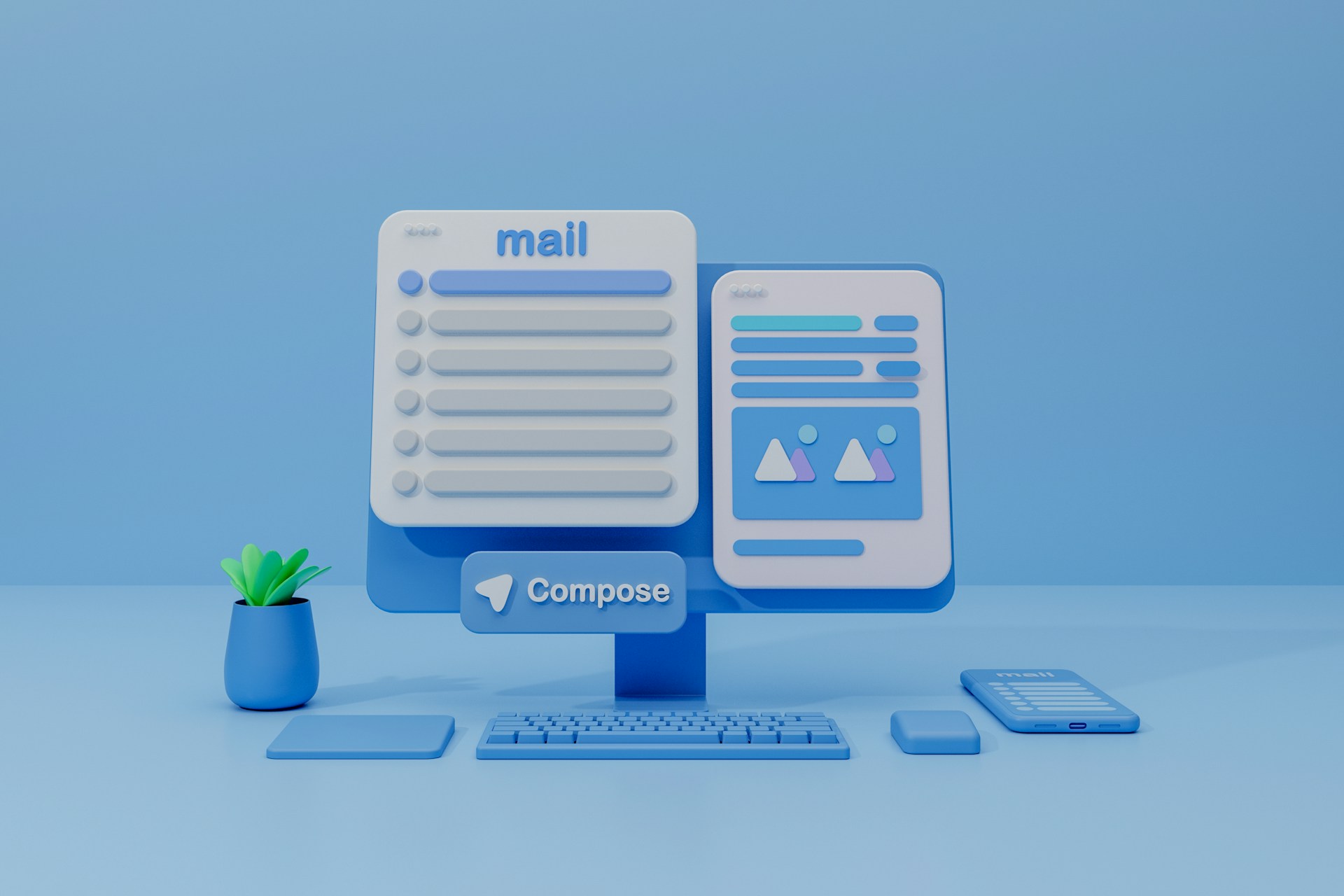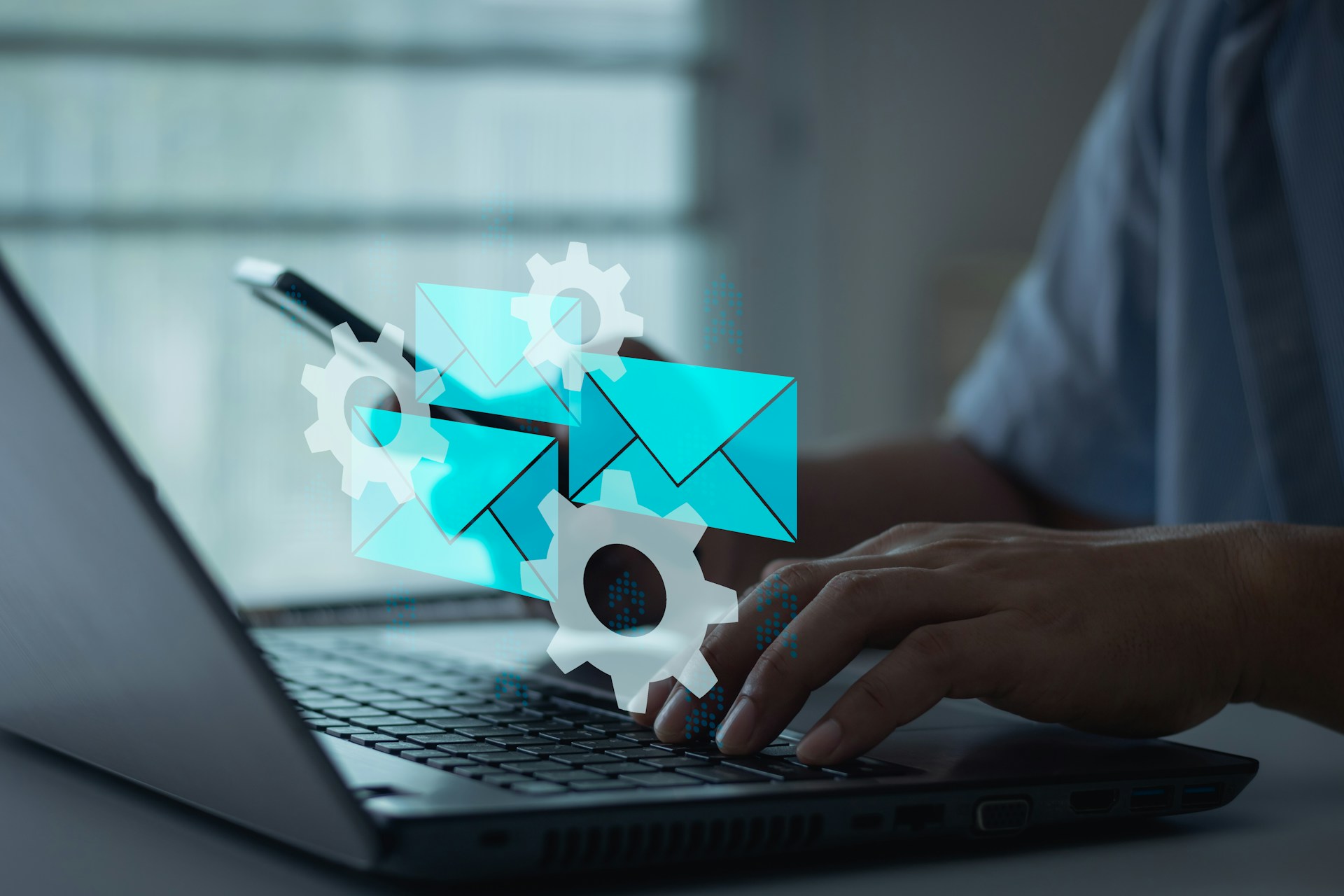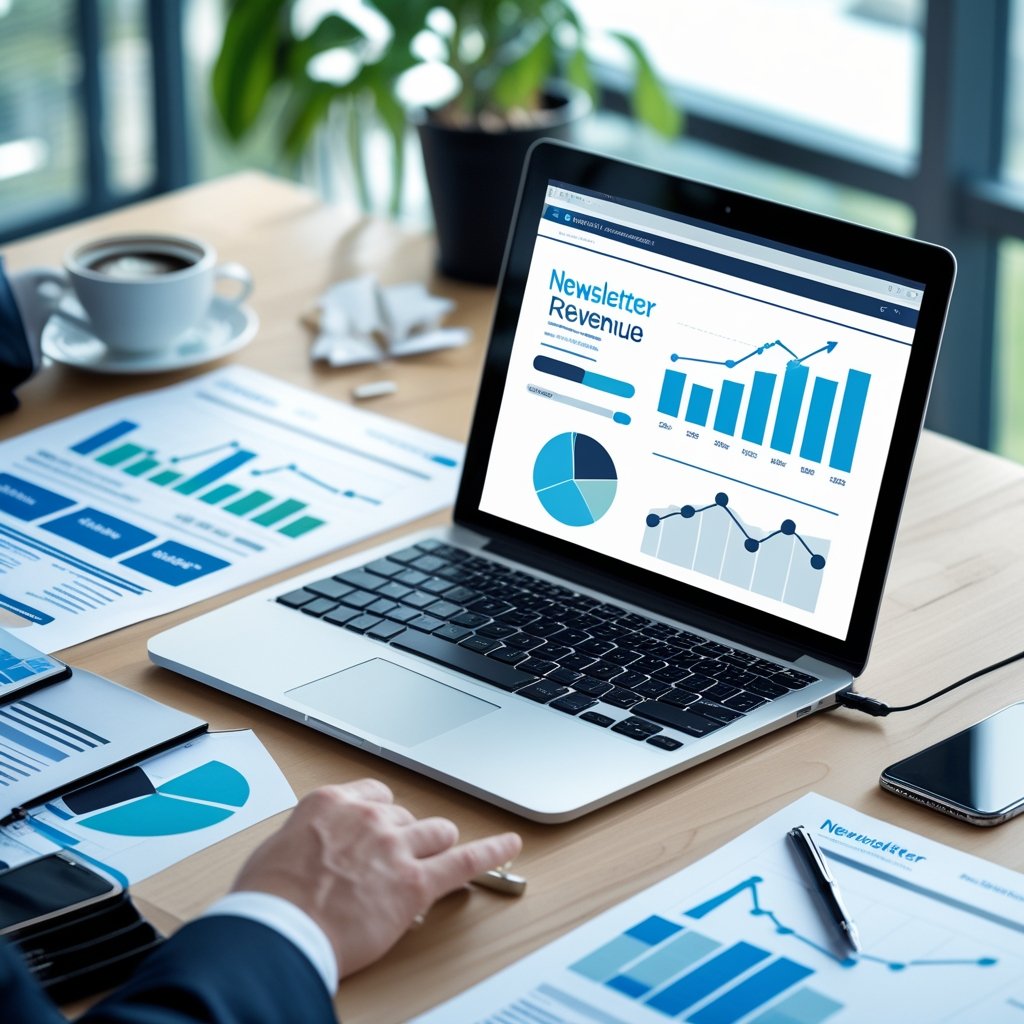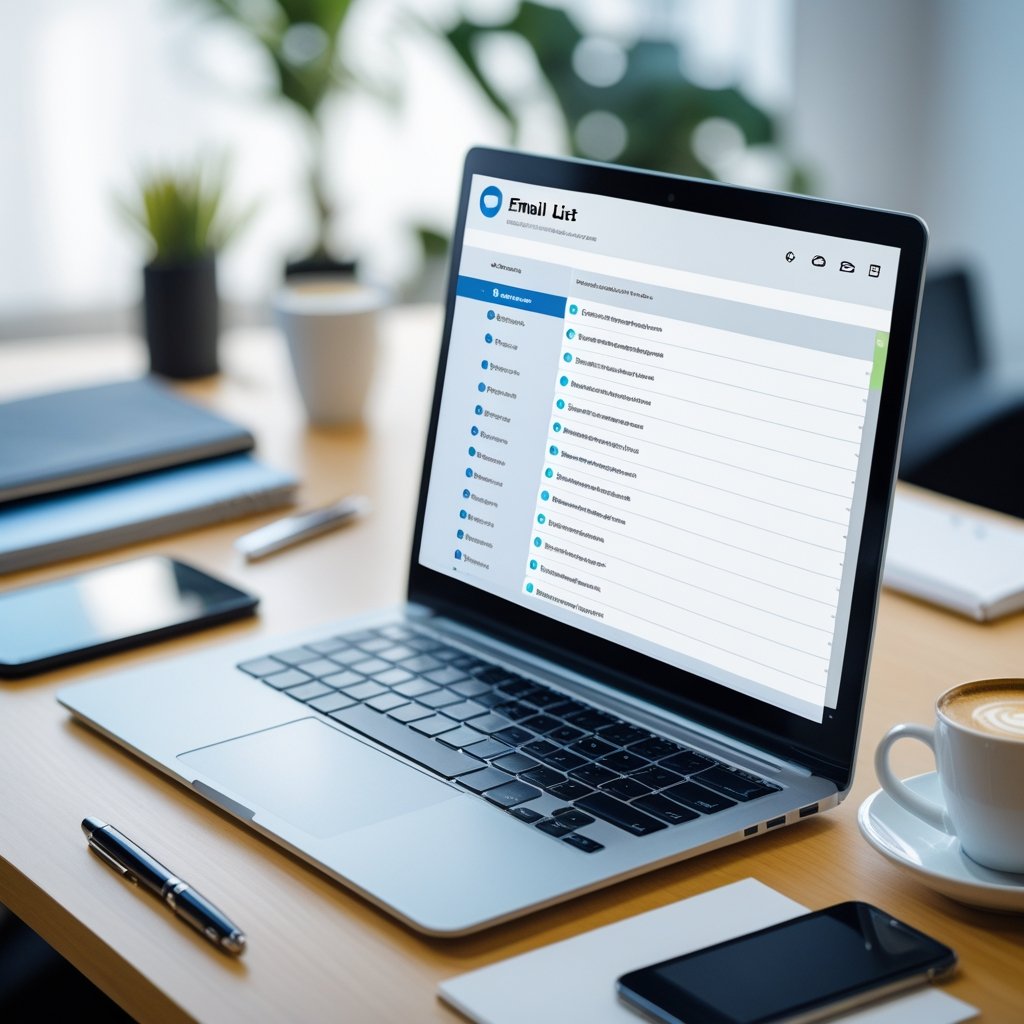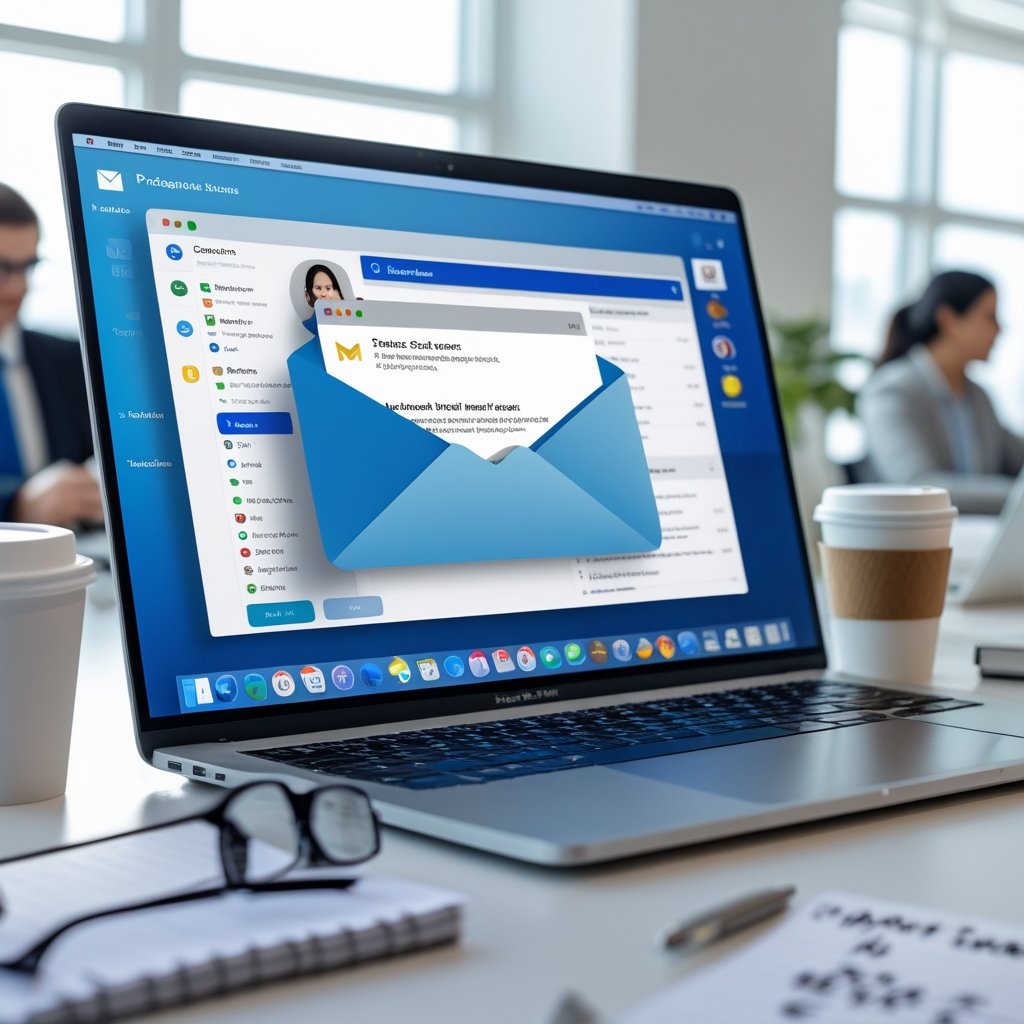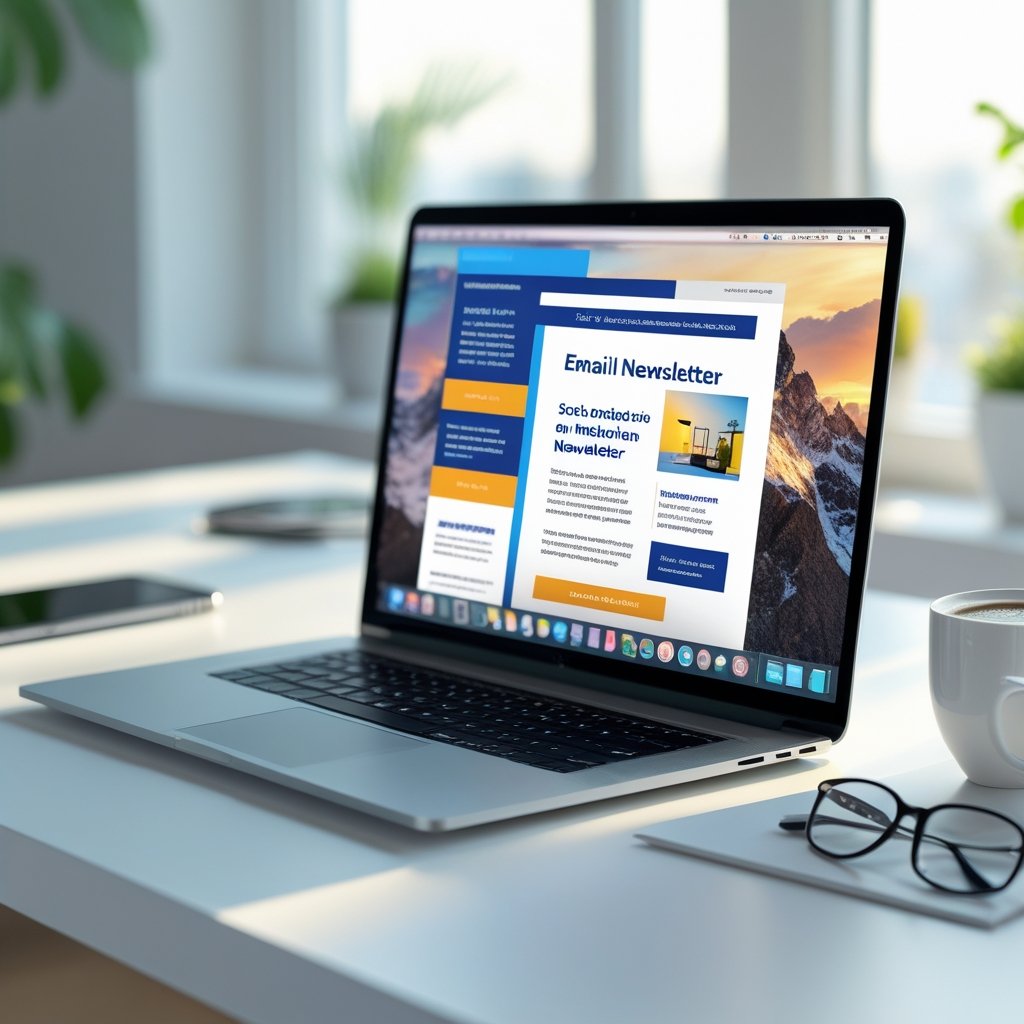Newsletter Funnel Strategy to Boost Your Subscriber Engagement Quickly
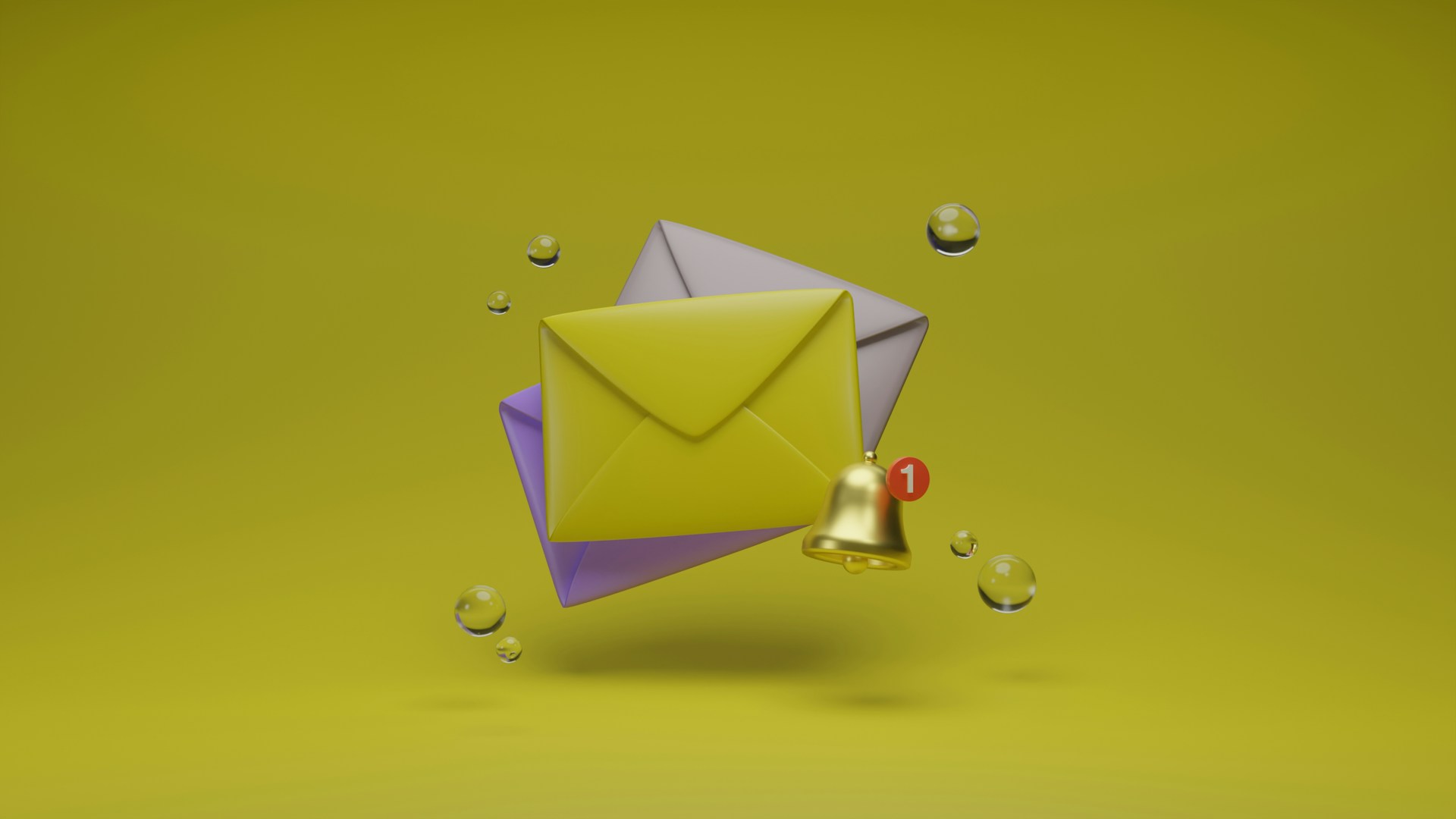
A newsletter funnel strategy guides your audience from first contact to engaged subscriber, turning casual readers into valuable leads.
The core of a successful newsletter funnel is delivering the right content at the right time. That’s how you grow your list with high-quality B2B subscribers. This approach helps you build trust while steadily increasing engagement and conversions.
You want to capture attention without wasting effort on unqualified contacts. Tools like Breaker automate list-building, targeting, and validation. This way, you can focus on creating content that resonates.
By mapping out each step—from sign-up incentives to follow-up sequences—you improve open rates and subscriber quality. Your email list becomes a reliable source of real, engaged leads instead of just a mass of inactive contacts.
If you want to turn email into a high-performing growth channel, this guide walks you through every step.
What Is a Newsletter Funnel Strategy?
A newsletter funnel strategy shows how you attract, engage, and convert subscribers through email. It guides readers step-by-step, turning casual visitors into loyal subscribers and potential customers. This approach delivers value at every phase to keep your audience interested and growing.
Key Components of Newsletter Funnels
A newsletter funnel includes three main parts: lead capture, nurturing, and conversion.
- Lead capture gathers email addresses through offers like free guides or exclusive tips.
- Nurturing sends targeted emails that build trust and provide value over time.
- Conversion gets your subscribers to take action—such as trying your product, booking a call, or sharing your content.
You can automate these steps with trusted tools, which helps grow your list and ensures good email deliverability. A strong funnel adapts based on subscriber interactions, improving open rates and engagement.
Benefits for Digital Marketing
A newsletter funnel creates a steady flow of qualified leads without relying on frequent ads. It gives you a direct line to your audience and lets you deliver personalized content that fits their needs.
You improve email deliverability and engagement by sending to people who are genuinely interested. This saves time and money by avoiding uninterested contacts.
Better targeting and content increase your open rates, leading to more actions from your subscribers. This strategy supports long-term growth and builds a deeper connection with your audience, especially for B2B marketers and consultants.
Common Goals and Objectives
Your newsletter funnel strategy should match your goals. Common objectives include:
- Growing your subscriber list with the right audience segments
- Increasing email open and click rates by sending relevant content
- Generating leads that can turn into paying customers
- Building trust to position yourself as a go-to expert
You may also want to reduce the time it takes to turn a subscriber into a client. For agencies or product-led teams, integrating funnels that automate follow-ups saves effort and scales results.
Reliable platforms support these goals by combining list growth with lead validation. That ensures you’ll invest in subscribers who matter.
Mapping the Subscriber Journey
Your newsletter funnel requires a clear path from first contact to loyal reader who takes action. Each step should move the subscriber closer to your goals without overwhelming them. Attract the right people, keep them interested, and guide them toward conversion.
Attracting New Subscribers
To get new subscribers, offer something valuable that matches your target audience’s needs. Use lead magnets like free reports, checklists, or exclusive insights tailored to your industry. Make your signup simple and visible on your site, social media, and other channels.
Focus on quality over quantity. A smaller list of engaged B2B subscribers is more valuable than a large list of uninterested contacts. Tools can automate this process by targeting the right users and ensuring high deliverability. You get real leads at an affordable price.
Highlight clear benefits and what readers will gain by joining your newsletter. Test different offers and signup placements to see what works best for your audience.
Engaging Your Audience
After people subscribe, keep their attention. Set expectations clearly in a welcome email. Let them know what content to expect and how often you’ll send it.
Send consistent, relevant content that solves real problems your audience faces. Mix formats like quick tips, case studies, or how-to guides to maintain interest. Track open and click-through rates to see which topics or styles get the best response.
Segment your list based on interests or behaviors to send targeted content. Personalize emails by addressing subscribers by name or referencing their industry to increase engagement.
Nurturing Toward Conversion
Conversion turns subscribers into leads or customers. Build trust and value over time by sharing deeper insights, product demos, or success stories that relate to your subscriber’s challenges.
Include clear calls to action (CTAs) in every email, but avoid being pushy. Guide your audience toward a next step: booking a call, signing up for a trial, or downloading a resource.
Track behavior like link clicks and page visits to identify interested leads. Automated tools help you send the right follow-up messages based on this data, making your funnel more efficient.
Dependable platforms handle list growth and deliverability, so you can focus on content and conversions.
Crafting Content for High-Performing Funnels
Your newsletter content should connect with the right people, hold their attention, and guide them toward action. Personalization, clear storytelling, and strong calls-to-action boost engagement and help grow your B2B list efficiently.
Personalization and Segmentation
Tailor your content to specific groups, so your emails feel more relevant and valuable. Segment your audience by industry, job role, or behavior. This helps you send messages that speak directly to their needs.
Use data like past interactions or company size to adjust your approach. You might send different offers or insights to consultants versus SaaS teams.
Personalize emails with a subscriber’s name and references to recent activity. This small touch improves open rates and builds trust. Avoid generic emails to keep readers interested.
Storytelling Techniques
Stories help explain ideas and make your newsletter memorable. Instead of listing features, share how your product or service solved a real problem for a client or user.
Keep stories simple, focused, and relevant. Use a clear beginning, middle, and end. Describe the challenge, the action taken, and the outcome. This format creates an emotional connection and shows value without being pushy.
Add data or quotes to increase credibility. For example, include a quick stat on engagement or a customer’s feedback. Storytelling builds trust and encourages readers to stay subscribed.
Calls-to-Action That Convert
A clear, direct call-to-action (CTA) moves readers through your funnel. Avoid vague phrases like “Click here.” Instead, specify what you want them to do next, such as “Download the B2B growth guide” or “Schedule a demo with your team.”
Put CTAs in noticeable spots, like the end of a story or after valuable tips. Use buttons or bold text to highlight them. Limit your email to one or two CTAs to avoid overwhelming readers.
Test different CTAs to see what works best for your audience. An efficient platform tracks which links get the most clicks, helping you optimize your messages. Strong CTAs guide subscribers from reading to action, growing your list and strengthening engagement.
Optimizing Newsletter Funnel Performance
To boost your newsletter funnel, test what works and track key metrics. Find out which elements improve engagement and how to get more subscribers to open and act on your emails.
A/B Testing and Analytics
A/B tests let you compare different versions of your emails to see which performs better. Test subject lines, send times, content formats, or CTA buttons. For example, try two subject lines on small portions of your list and send the better performer to the rest.
Track analytics closely. Watch open rates, click rates, bounce rates, and unsubscribe rates. Leading platforms collect this data automatically and make testing simple. Use these numbers to spot trends and learn what your audience prefers so you can adjust your messages.
Improving Open and Click Rates
Open rates depend on your subject line and sender reputation. Keep subject lines short, clear, and relevant. Avoid spammy words and include the recipient’s name or company when possible. Send emails on a regular schedule to build trust.
Click rates improve when your content is clear and your CTAs stand out. Use buttons and links that tell people exactly what to do. Try placing CTAs above and below the fold. Make sure your emails work well on mobile devices. Break content into short paragraphs and use bullet points to make it easier to scan and act on.
Scaling and Automating Your Funnel
To grow your newsletter funnel, use tools and workflows that handle tasks for you. This lets you reach more people without extra effort. Automation keeps you in consistent contact with subscribers while targeting the right audience for better engagement.
Choosing the Right Tools
Pick tools that fit your goals. Choose platforms that combine sending emails with automatic list growth. For example, a top email platform finds high-value B2B subscribers and manages deliverability for you.
Look for tools that offer:
- List growth with verified leads
- Easy integration with your existing setup
- Reporting on open rates and engagement
- Simple pricing with no hidden fees
Choose tools that support your content type, whether it's newsletters, promotions, or updates. Avoid platforms that complicate your process or require constant manual work.
Automation Best Practices
Map your funnel: how people enter, move through, and engage with your content. Set triggers that send emails based on actions like signups, clicks, or inactivity.
Follow these tips:
- Personalize emails with subscriber data
- Space out messages to avoid fatigue
- Test subject lines and content often
- Segment your list for relevant offers
Automation tools should keep your emails out of spam and maintain deliverability. Platforms that automate targeting and validation help you keep your list clean and engaged.
Build a Funnel That Turns Subscribers Into Clients
An effective newsletter funnel does more than grow your list—it builds momentum. By guiding each subscriber from sign-up to engagement to conversion, you turn your email strategy into a repeatable growth engine.
The key is structure: attract the right audience, deliver value consistently, and use automation to scale. When done right, your funnel becomes a reliable source of qualified leads and long-term clients.
Platforms like Breaker simplify the entire process by combining list growth, deliverability, and validation in one place. That means fewer dead ends—and more subscribers who actually want to hear from you.
Start growing your list today with smarter leads.
Frequently Asked Questions
You need clear steps and tools to build an effective newsletter funnel. This includes targeting the right audience, crafting engaging content, and using data to improve your results.
What are the key elements of a successful newsletter funnel?
A strong funnel starts with a clear lead magnet that attracts your ideal subscribers. Next, you require well-timed emails that educate and build trust. Finally, a smooth call-to-action nudges subscribers toward your goal, like a sale or signup.
How do I design an effective newsletter strategy for audience engagement?
Focus on content that solves real problems for your readers. Use personalization and segmentation to send relevant messages. Keep your emails short, clear, and actionable to boost open and click rates.
What are some examples of effective email marketing funnel tactics?
Use a welcome series to introduce your brand and set expectations. Follow with educational emails packed with useful info. Include social proof and timely offers to increase conversions. Automate parts of this flow to save time.
Could you guide me through the stages of an email sales funnel?
Start with awareness by capturing emails through offers or content. Move to interest with nurturing emails that answer questions. Build desire by showing case studies or testimonials. Push action with strong calls-to-action and easy next steps.
What strategies can optimize my newsletter for SEO purposes?
Create landing pages for your newsletter signup that target specific keywords. Use blog content to promote your newsletter and boost organic traffic. Make sure your email content encourages sharing and link-building opportunities.
How do you measure the success of an email funnel campaign?
Track key metrics like open rates, click-through rates, and conversion rates. Measure your subscriber growth and how many leads turn into customers. Use these numbers to improve subject lines, content, and timing.
Breaker helps you grow your list with the right B2B subscribers automatically. For B2B marketers, focus on getting real leads, not just email addresses. Learn more about this approach at their newsletter platform.



